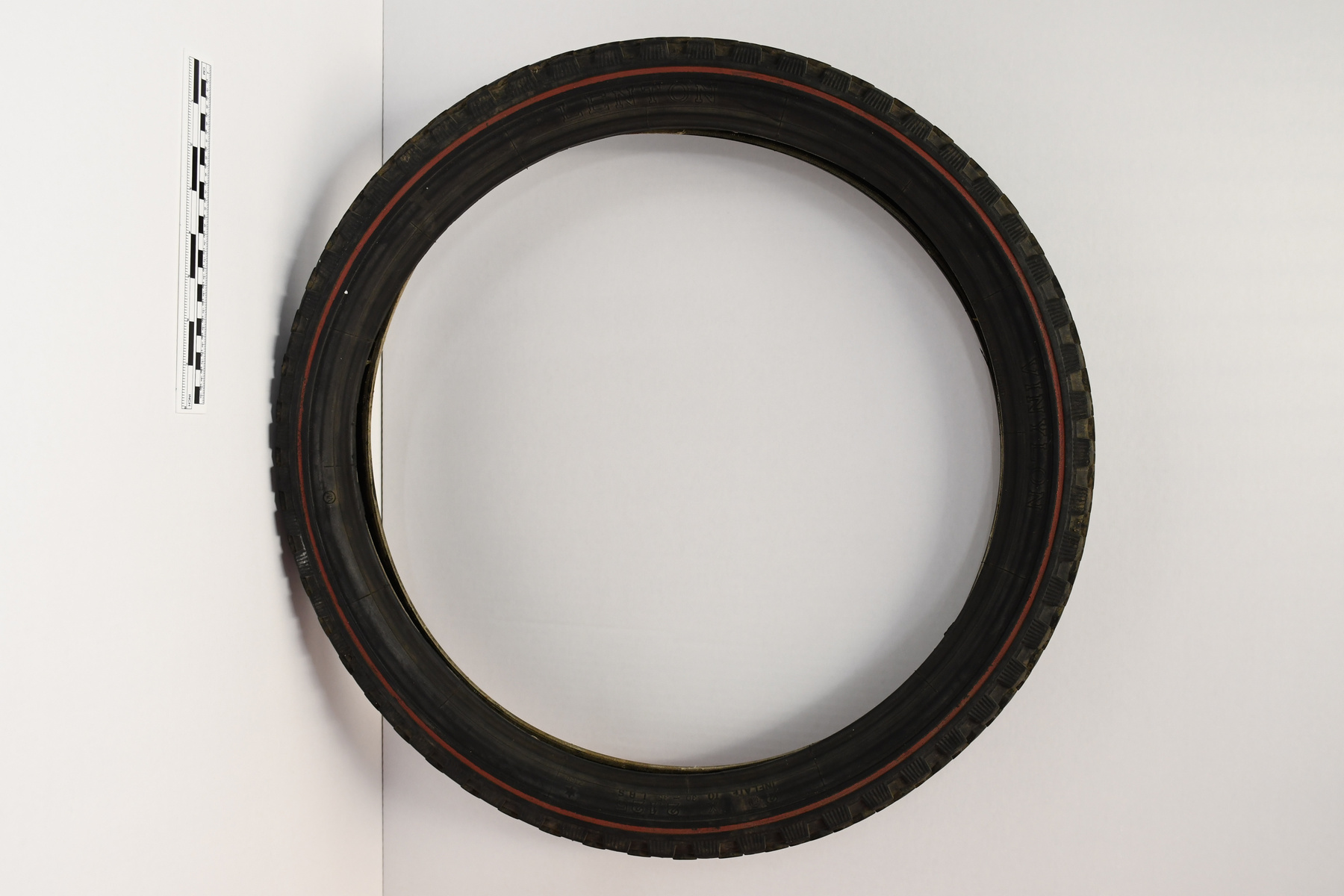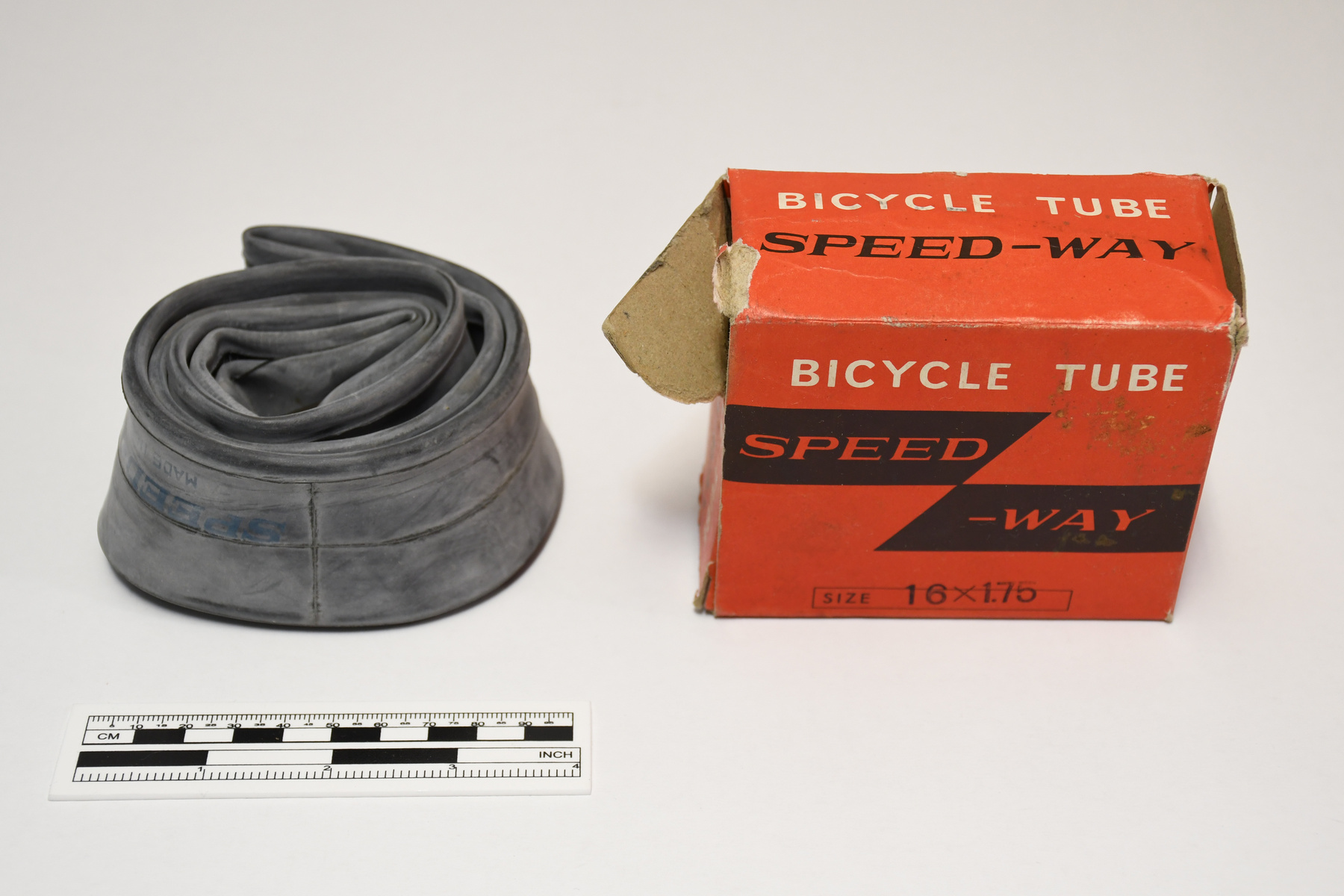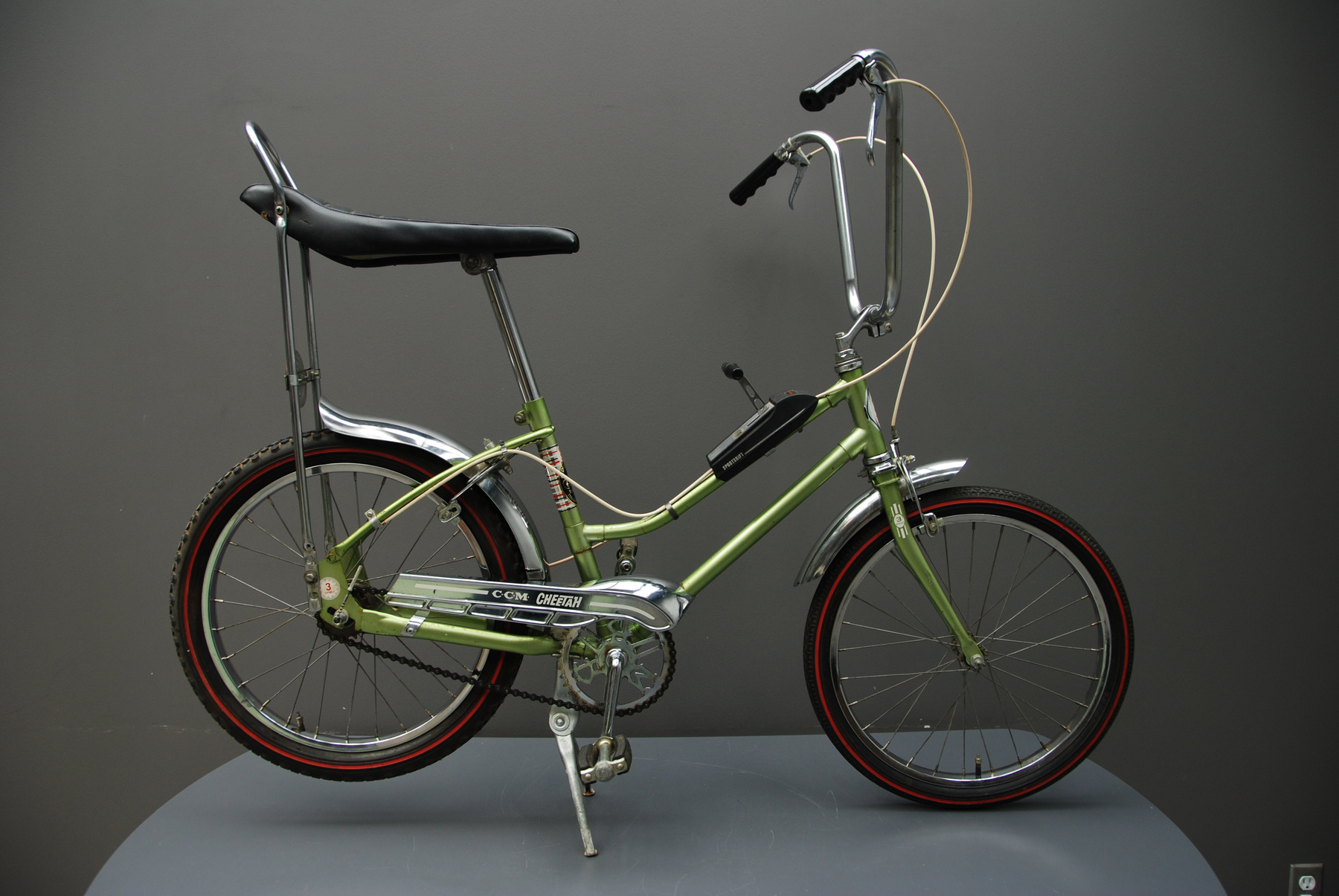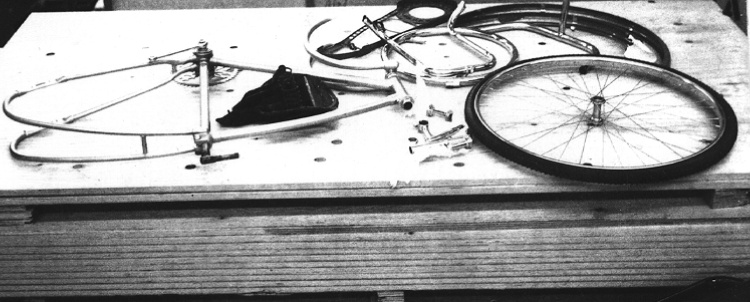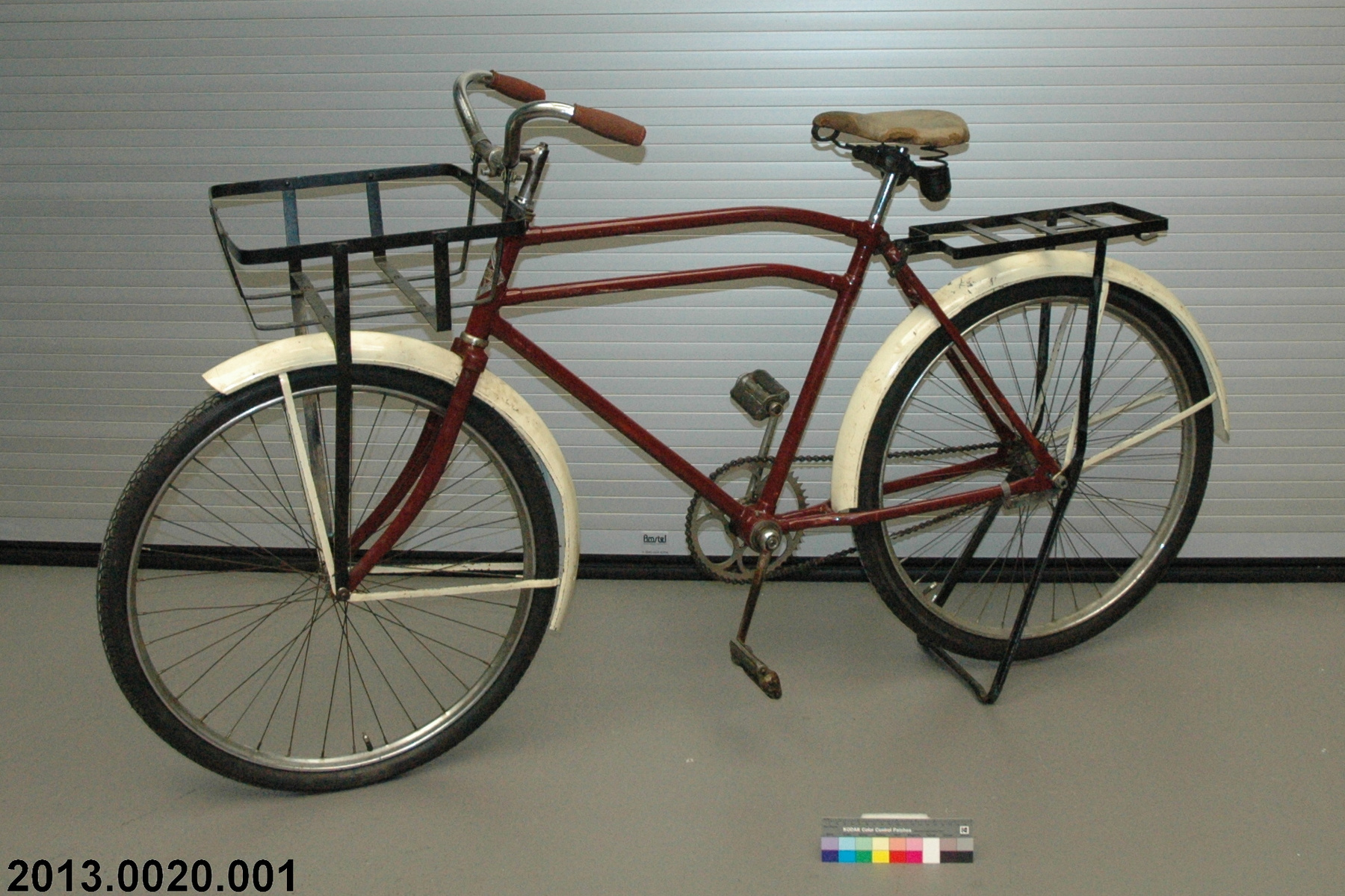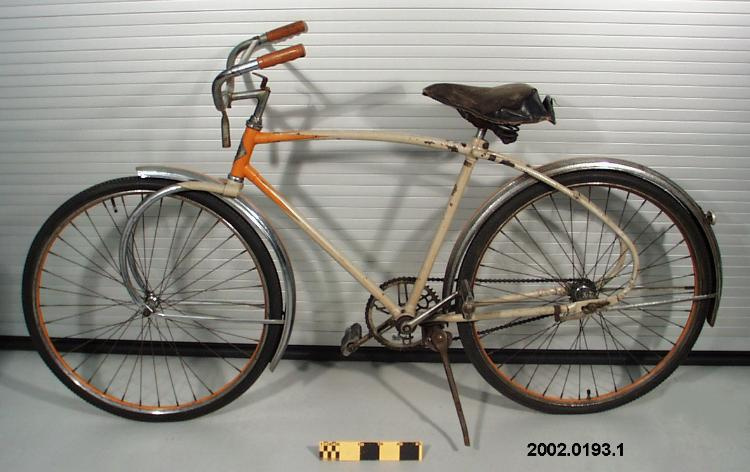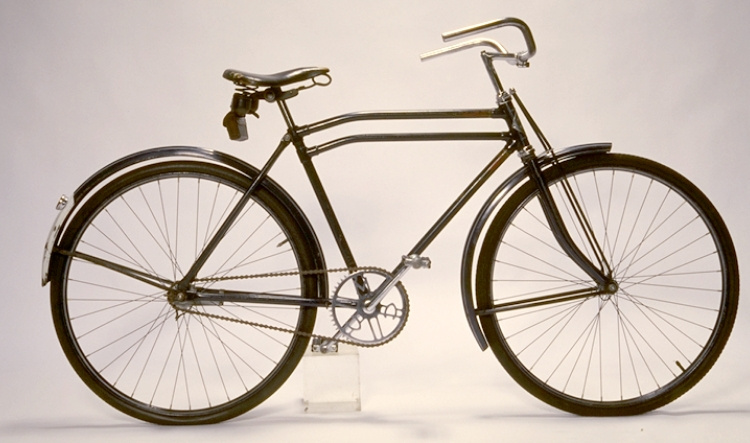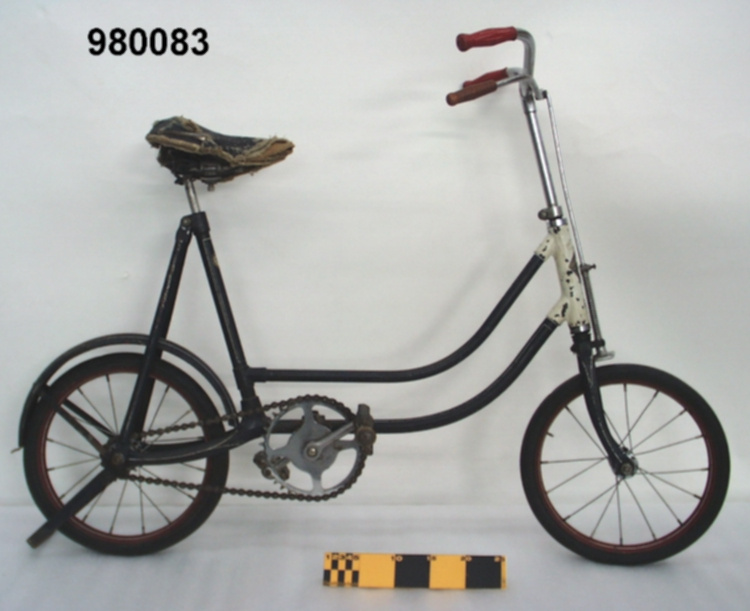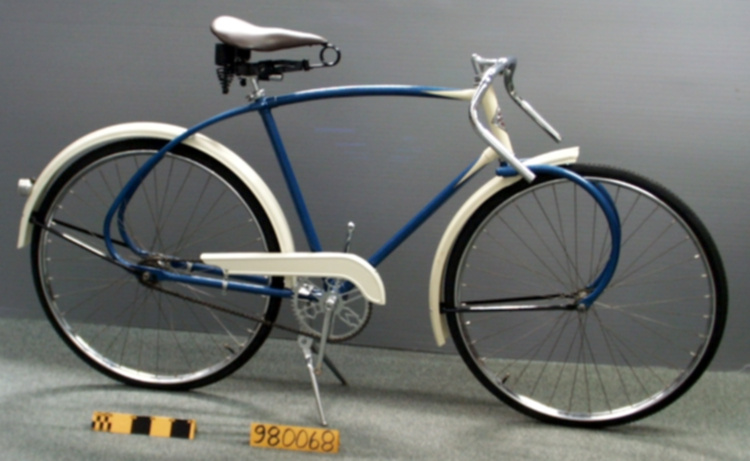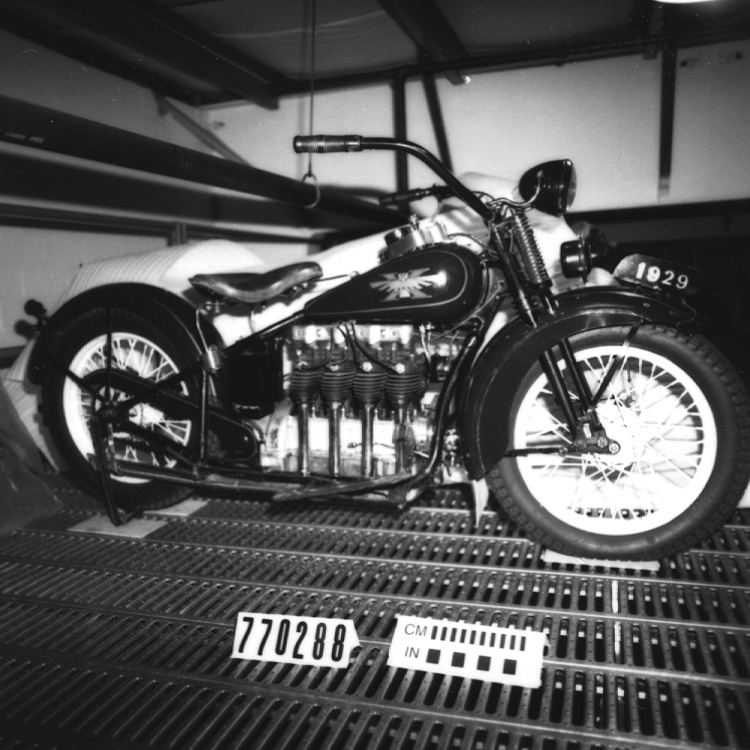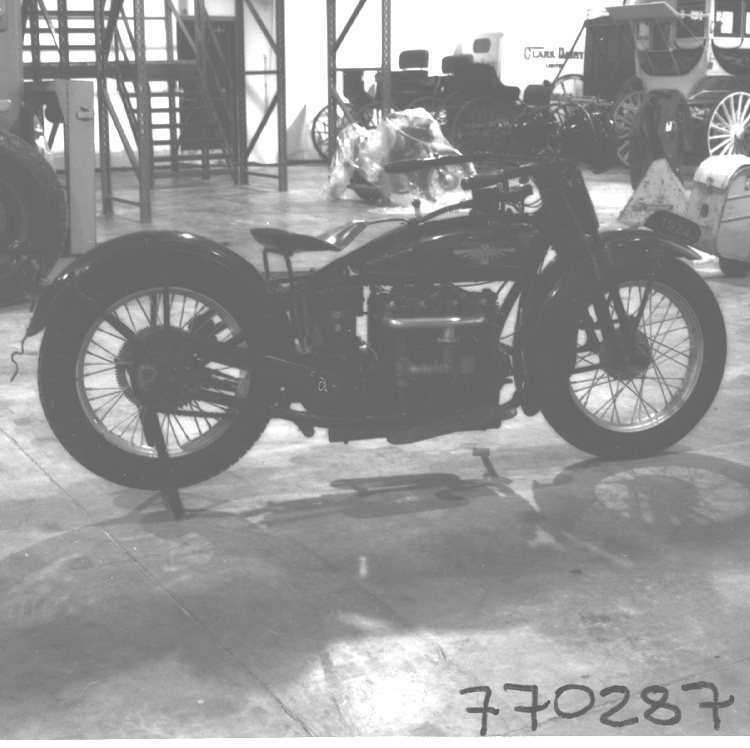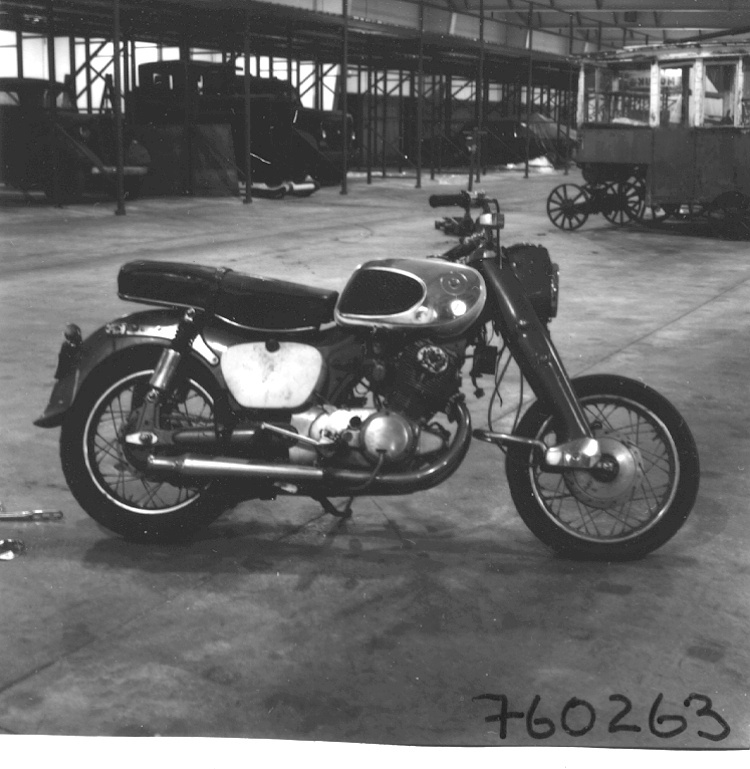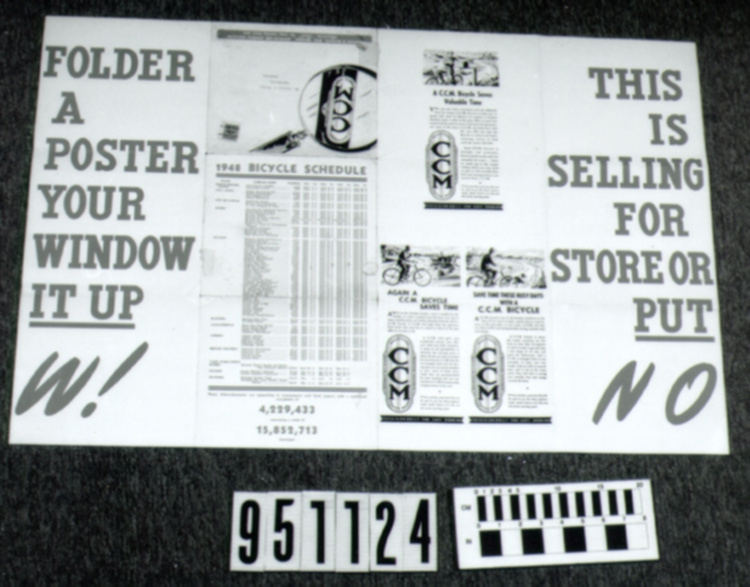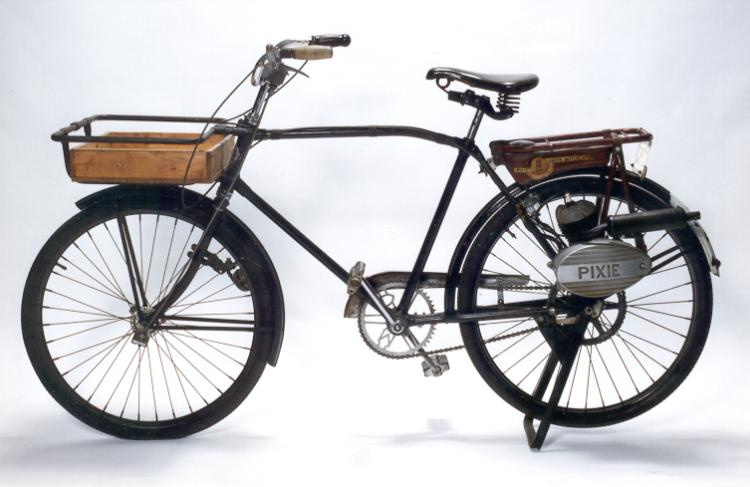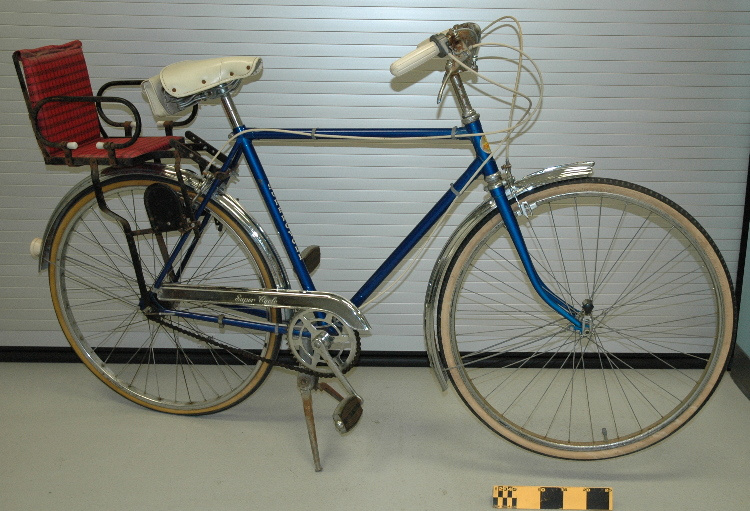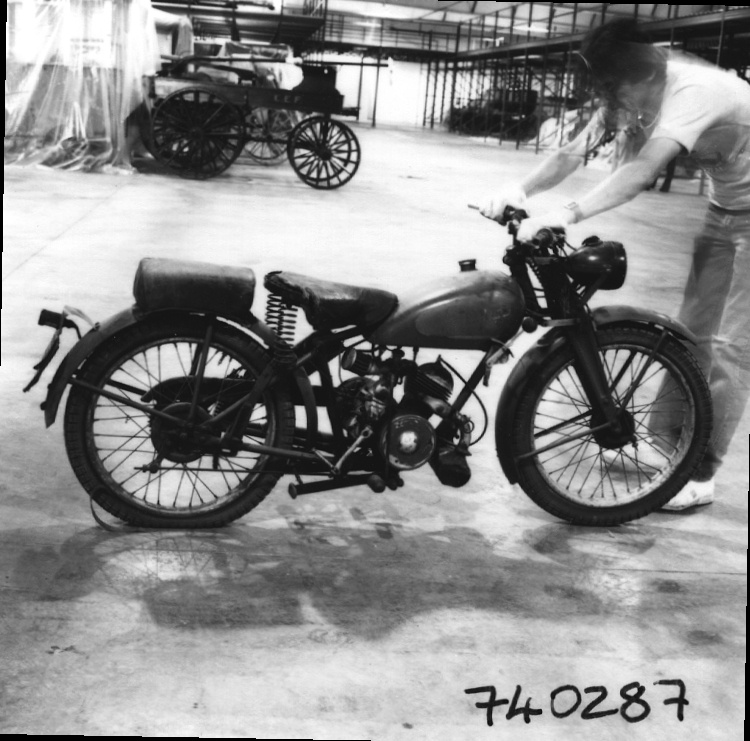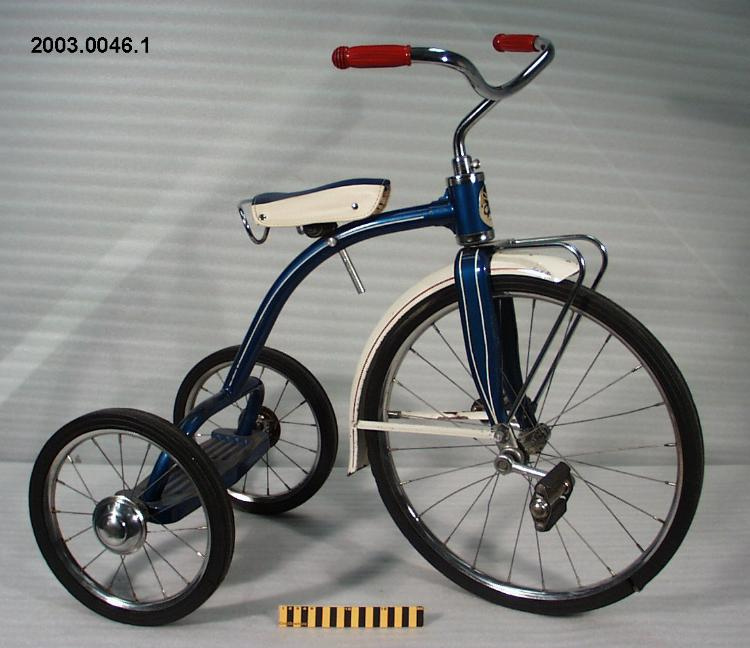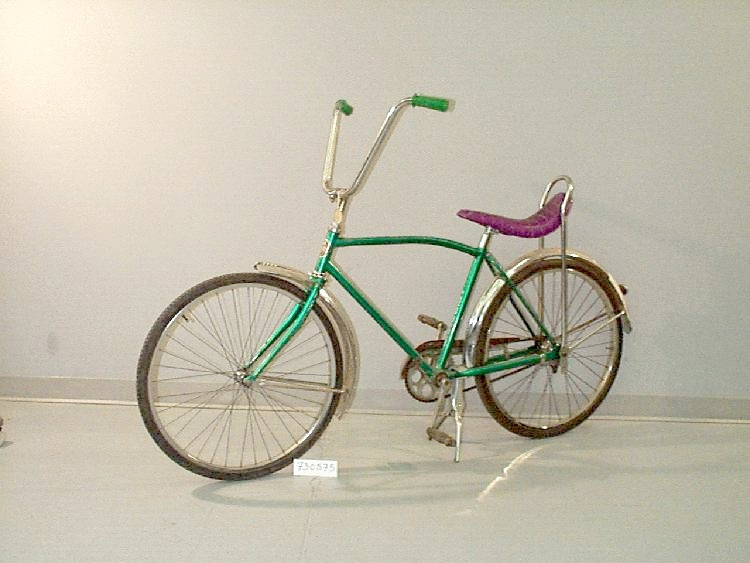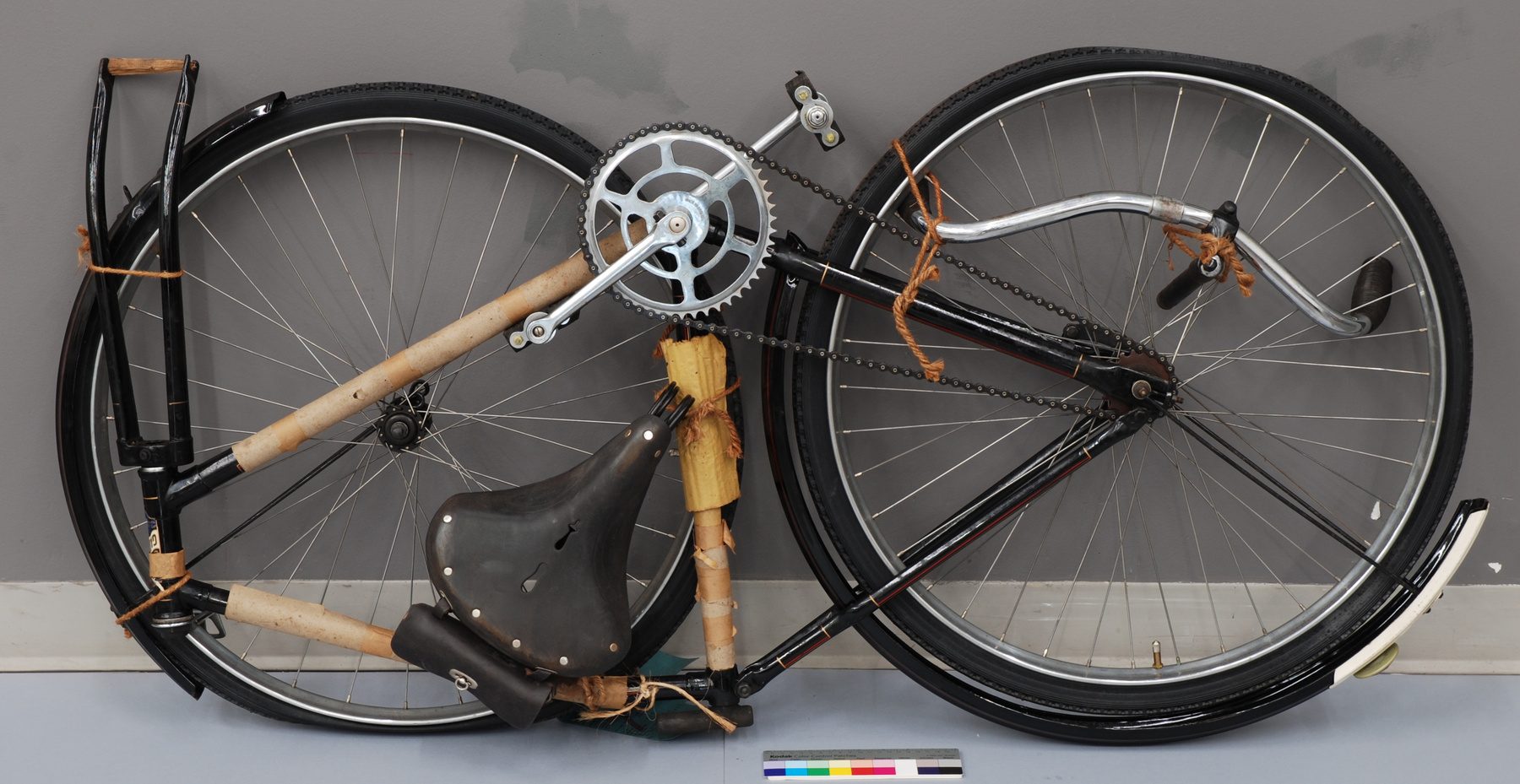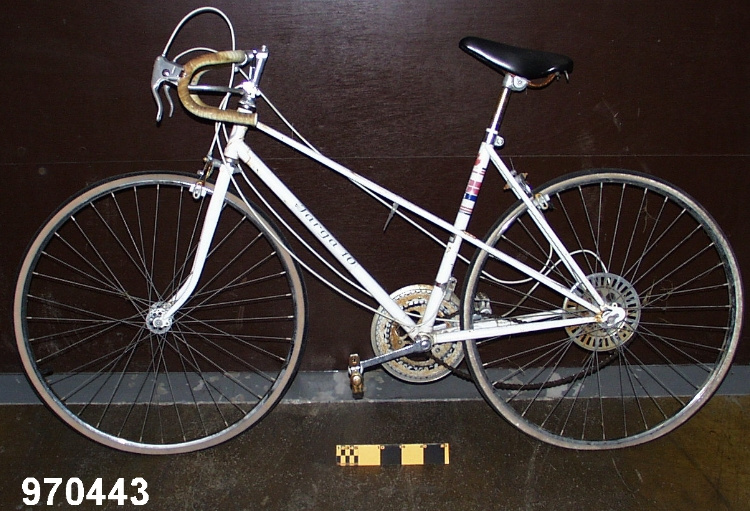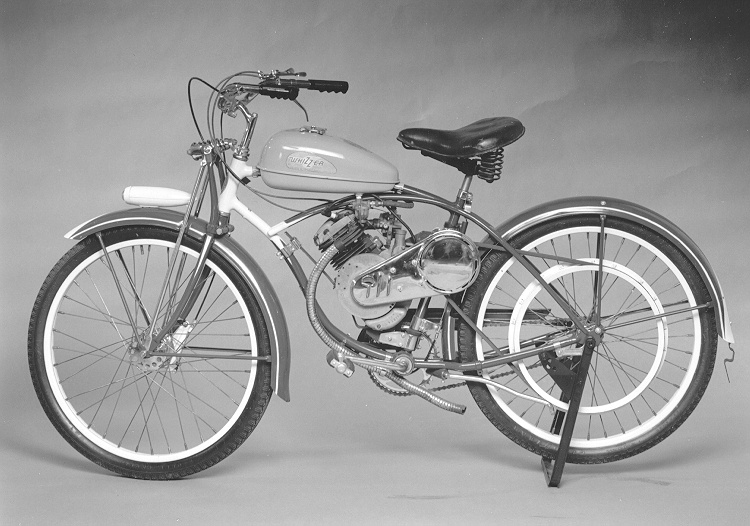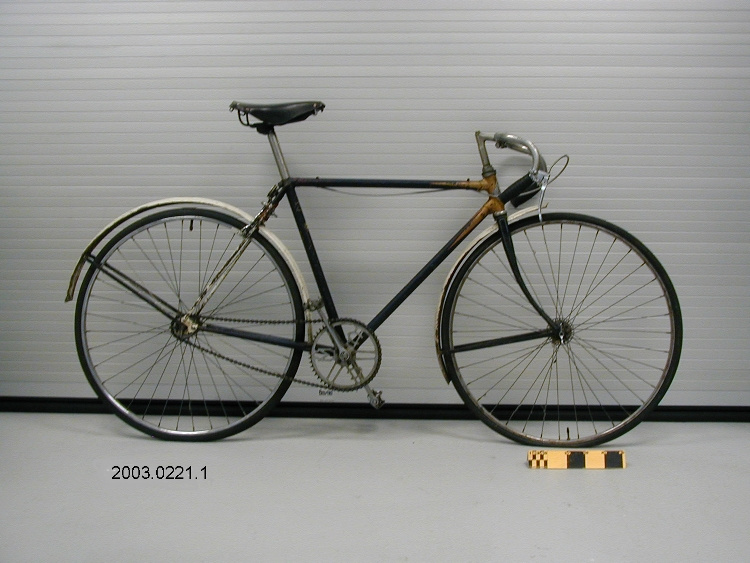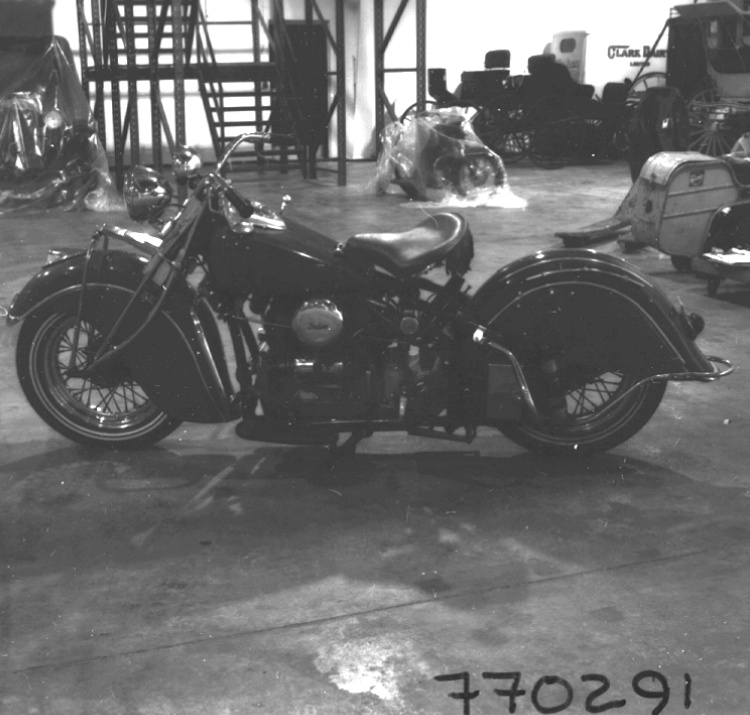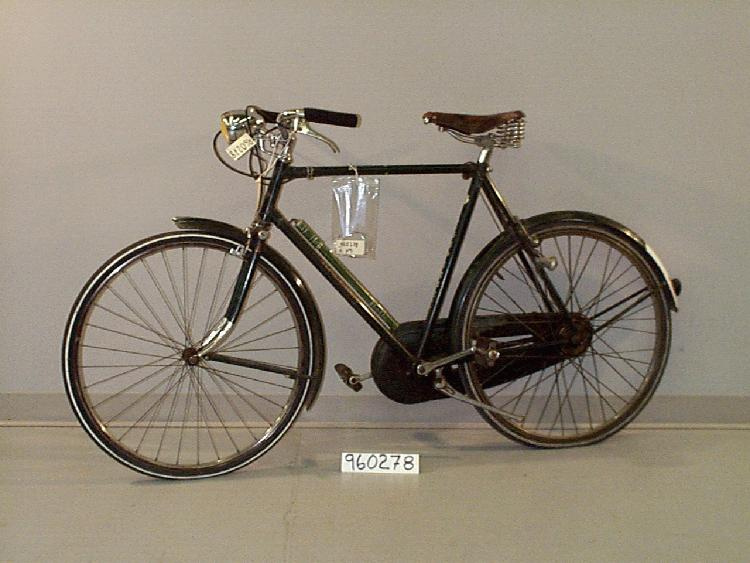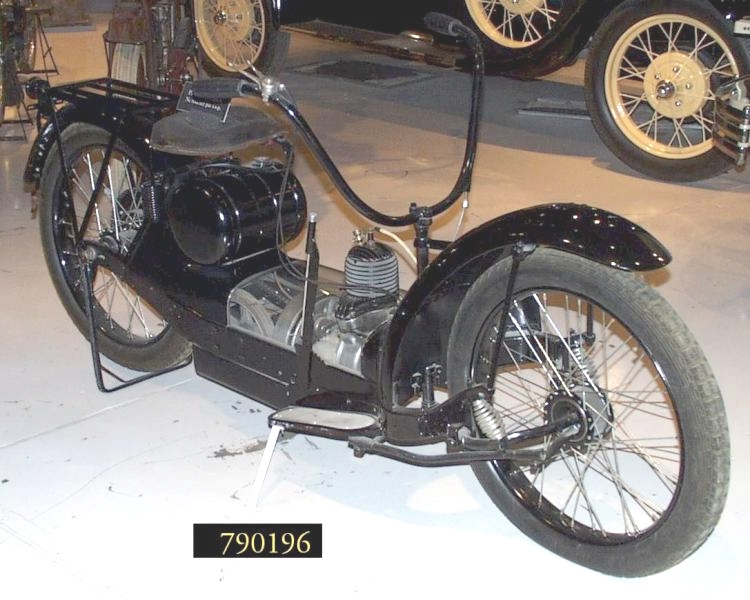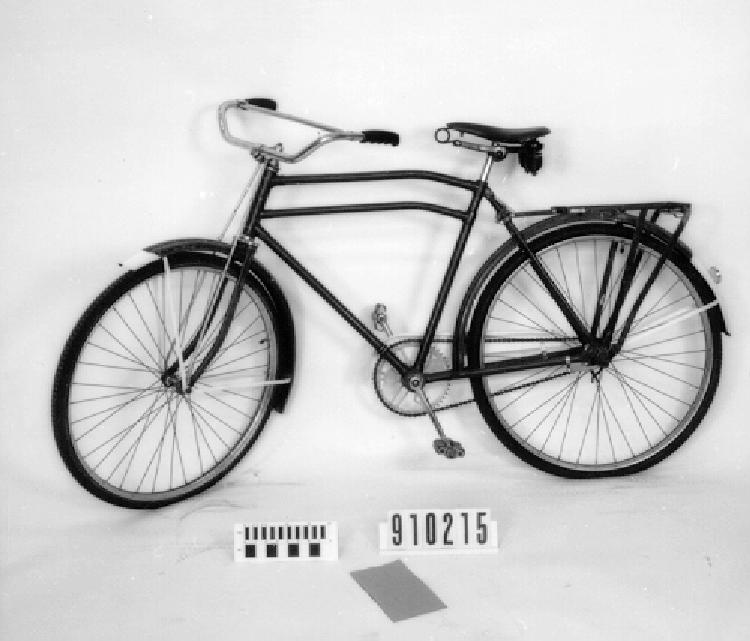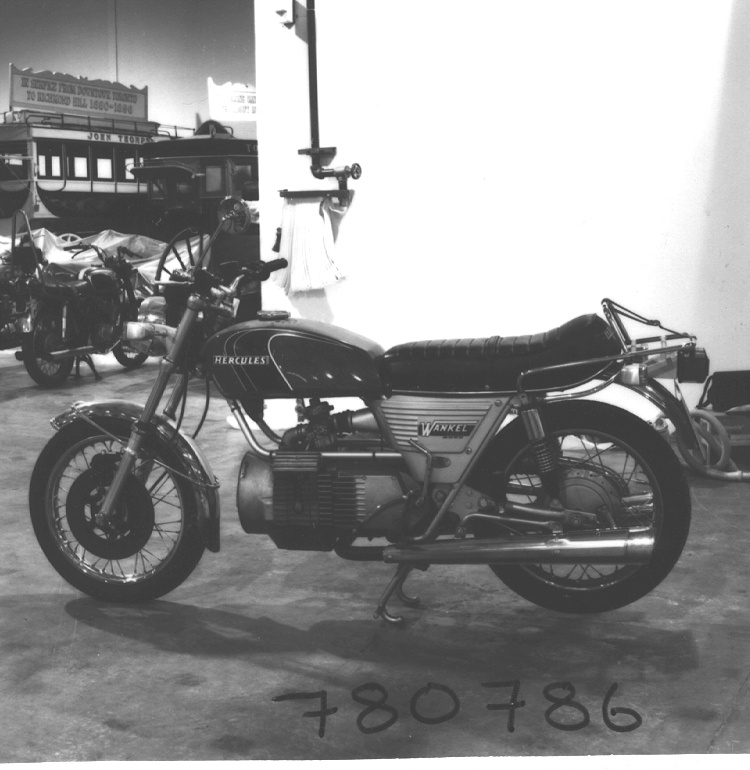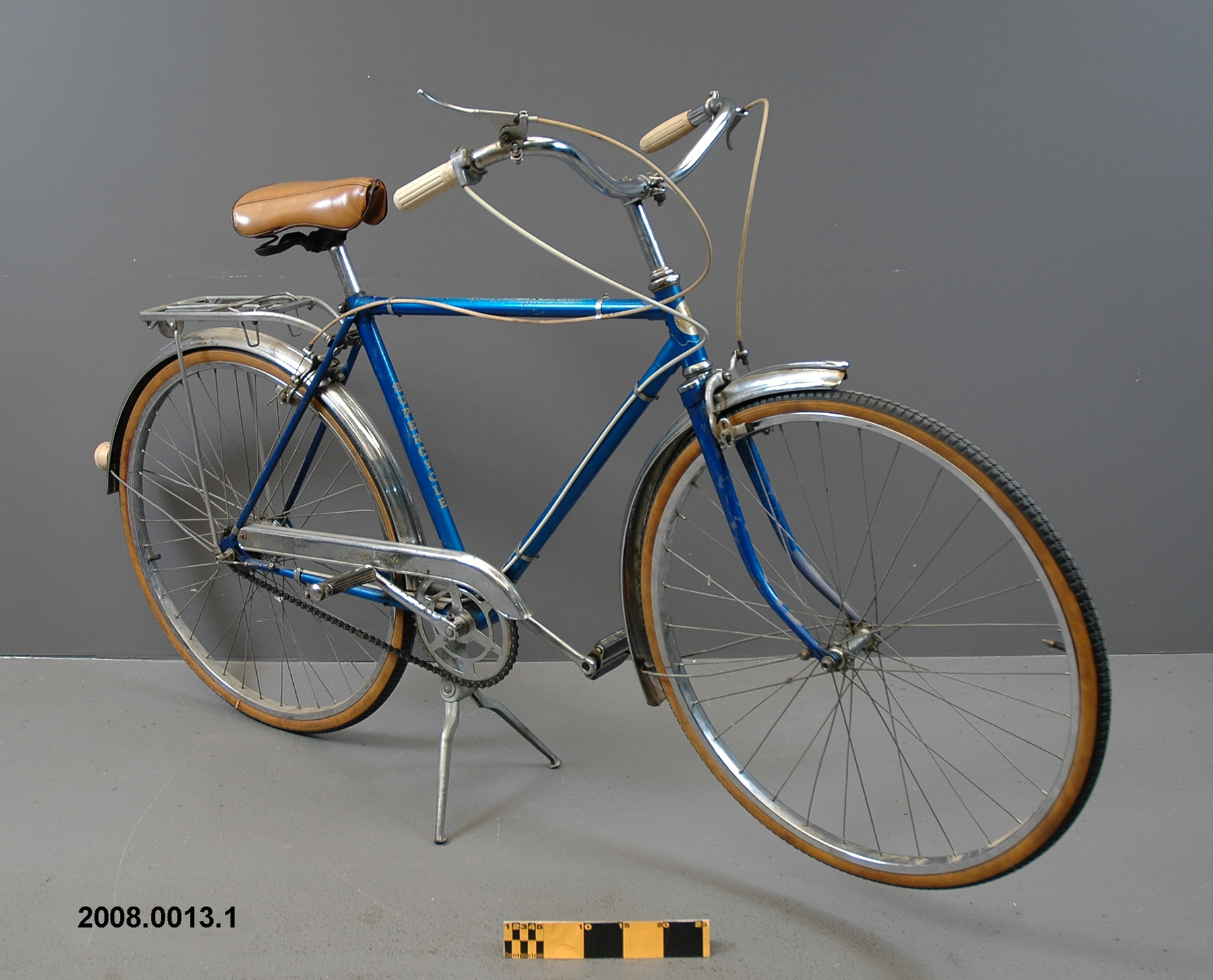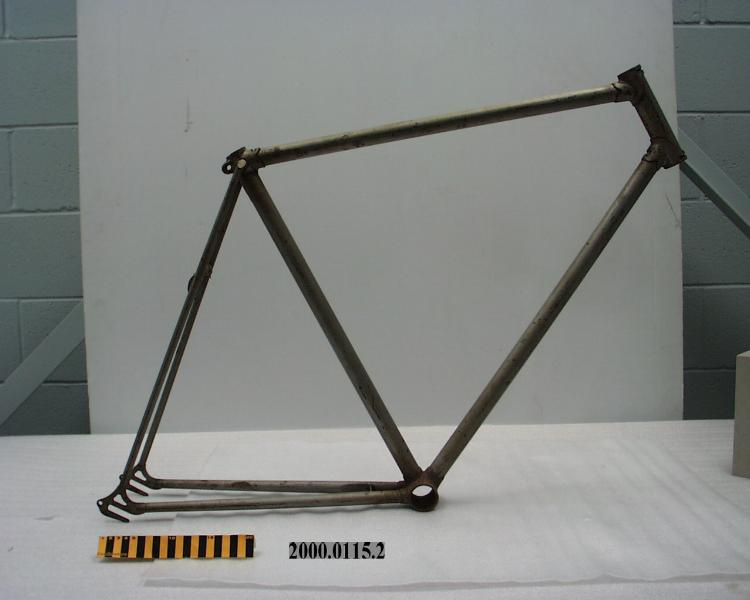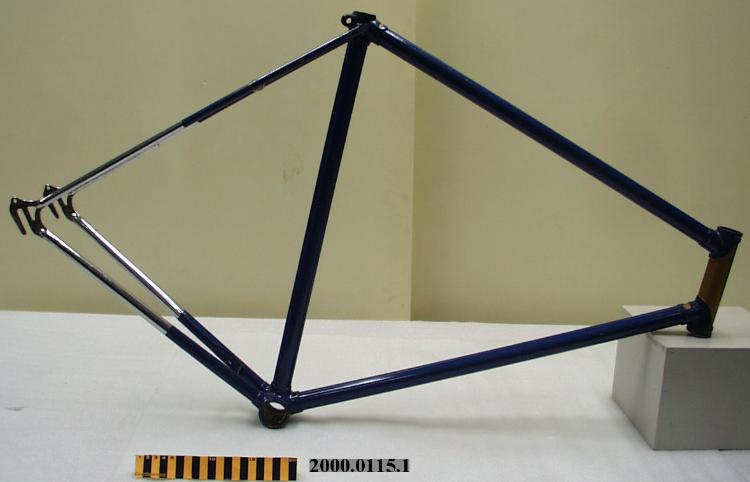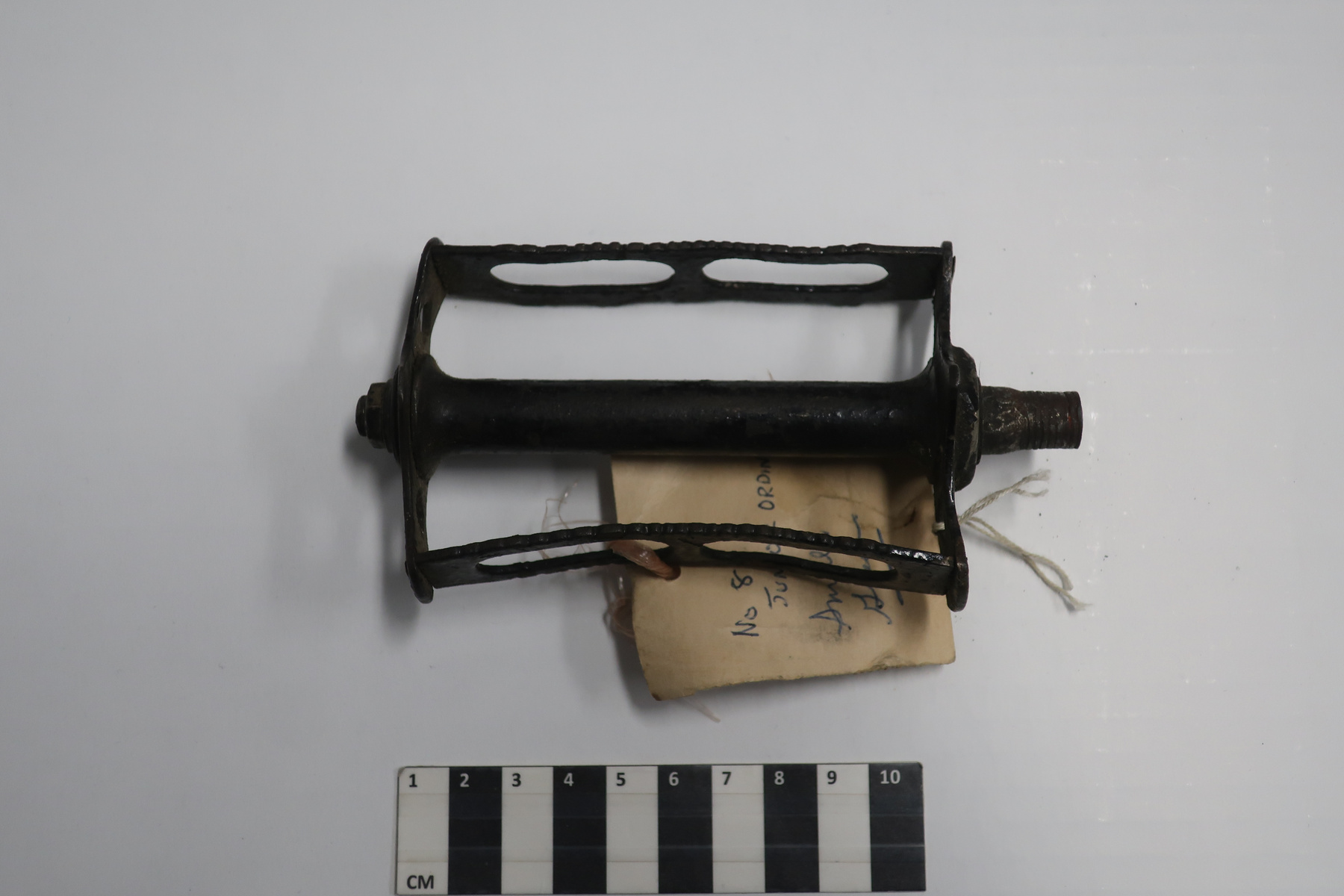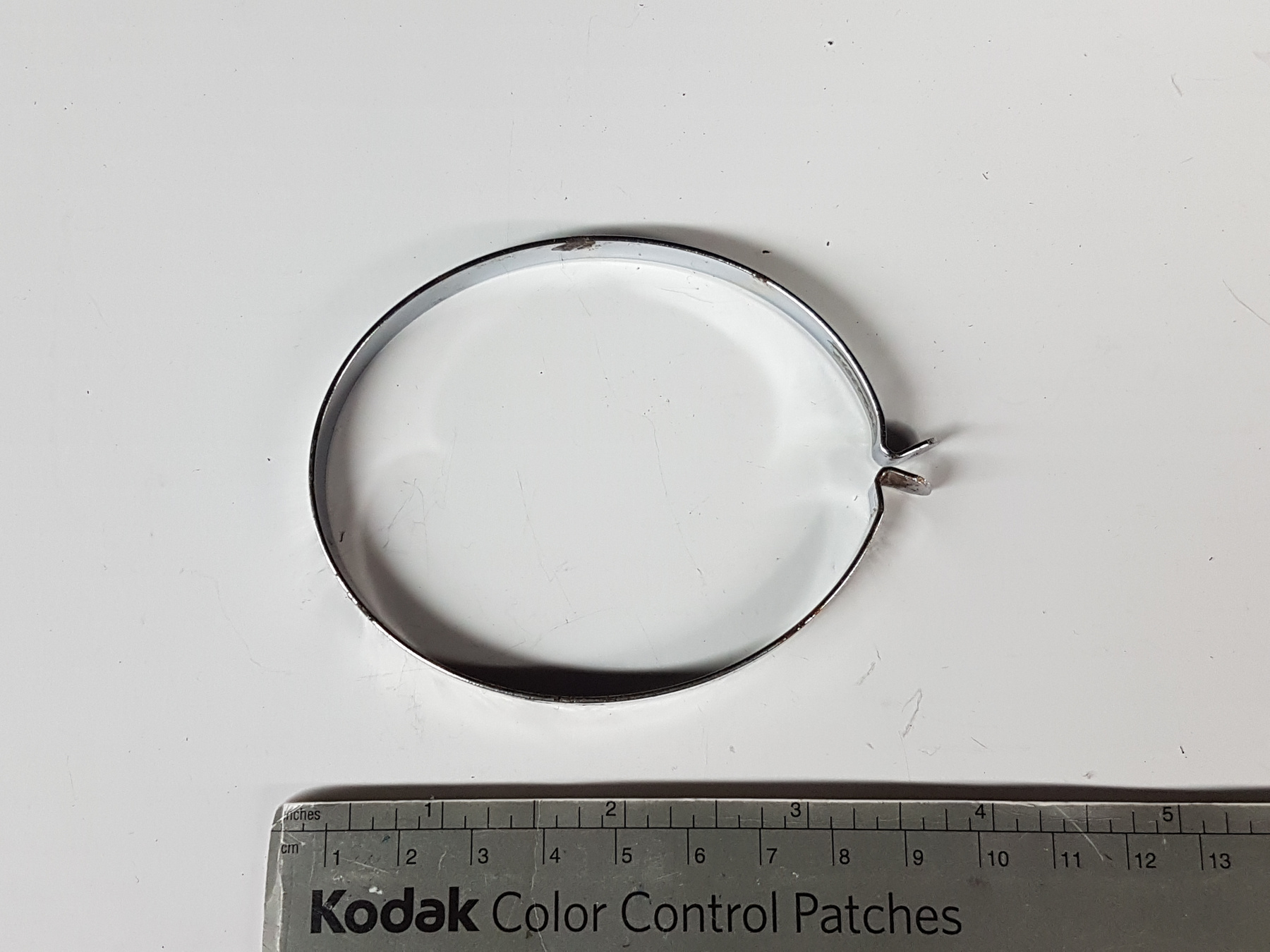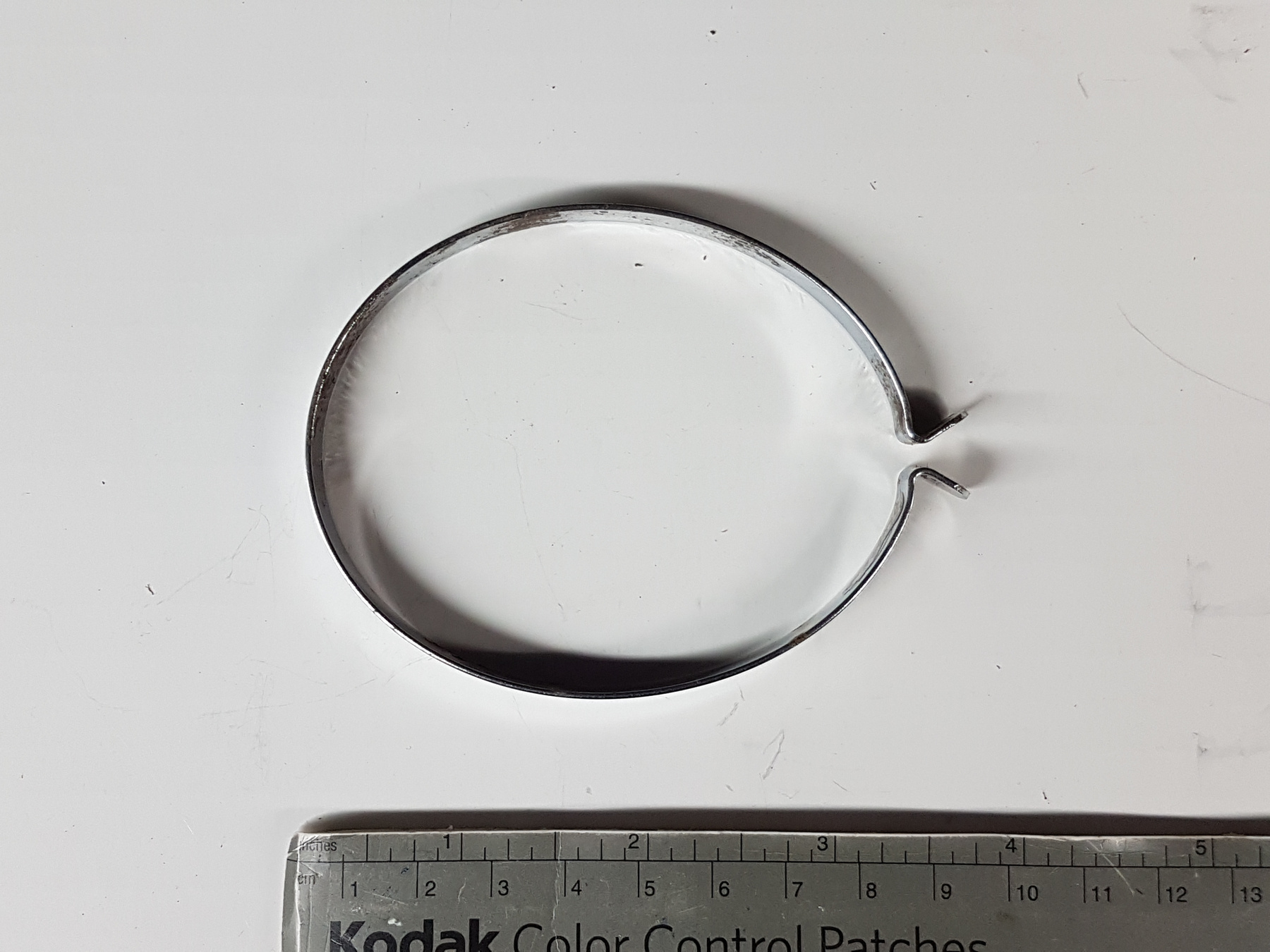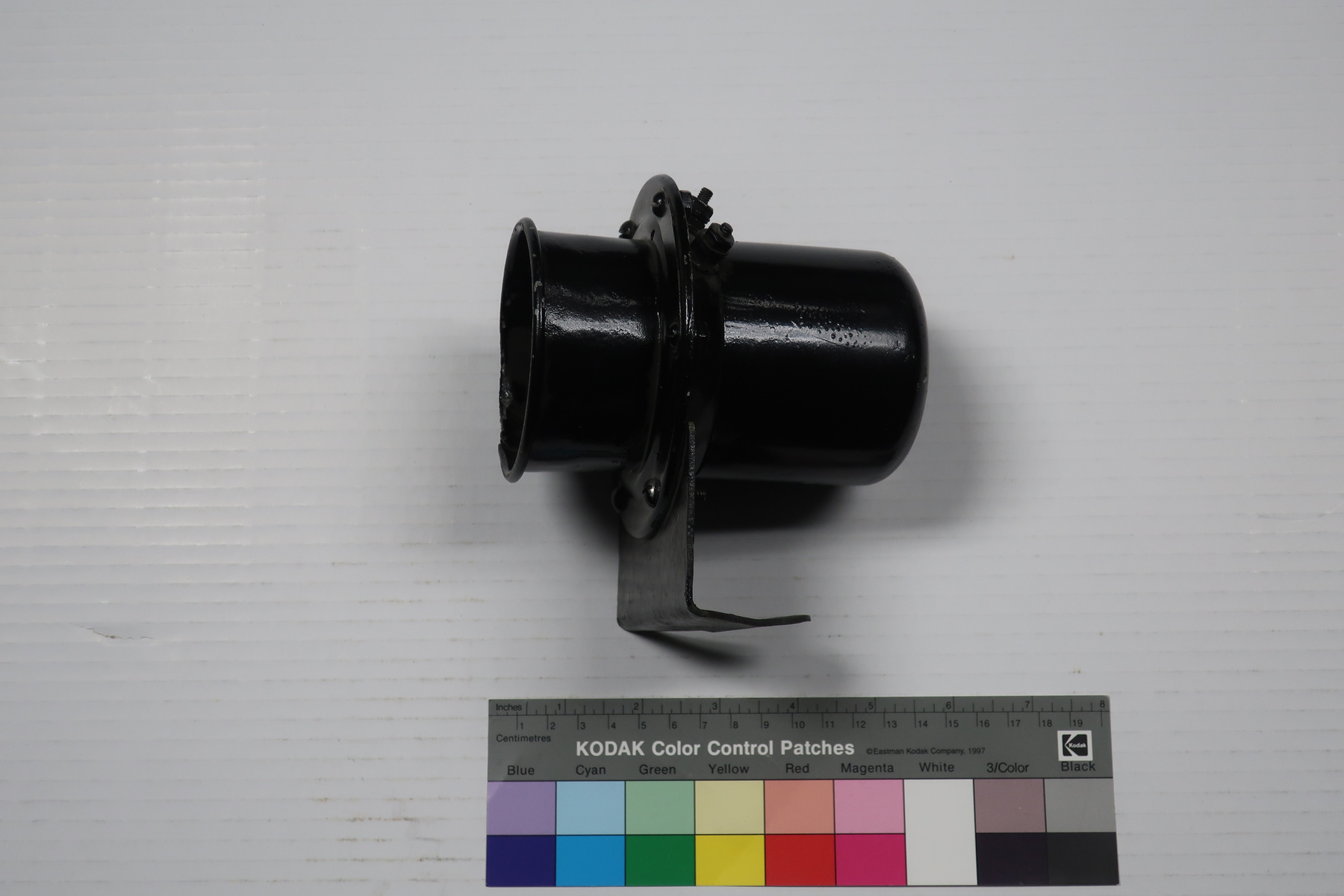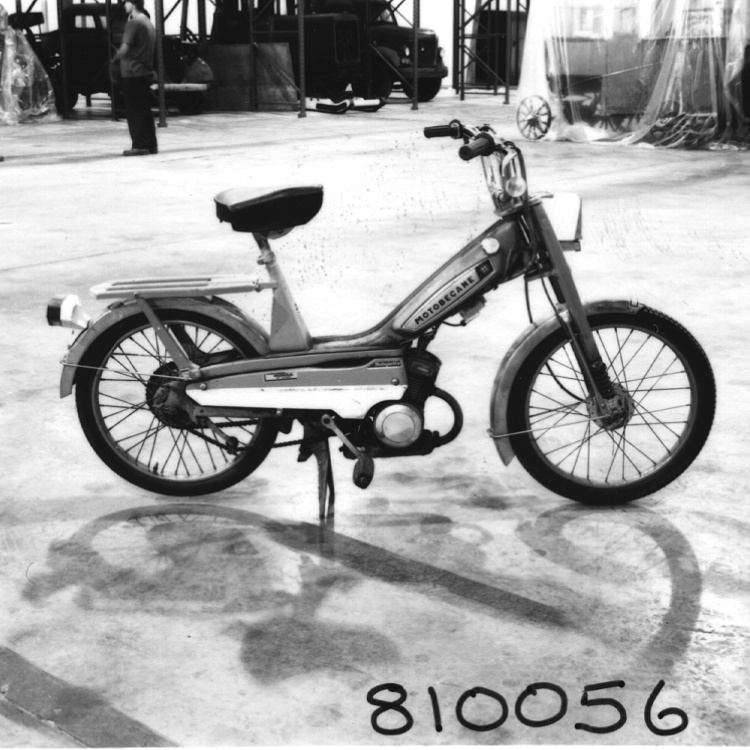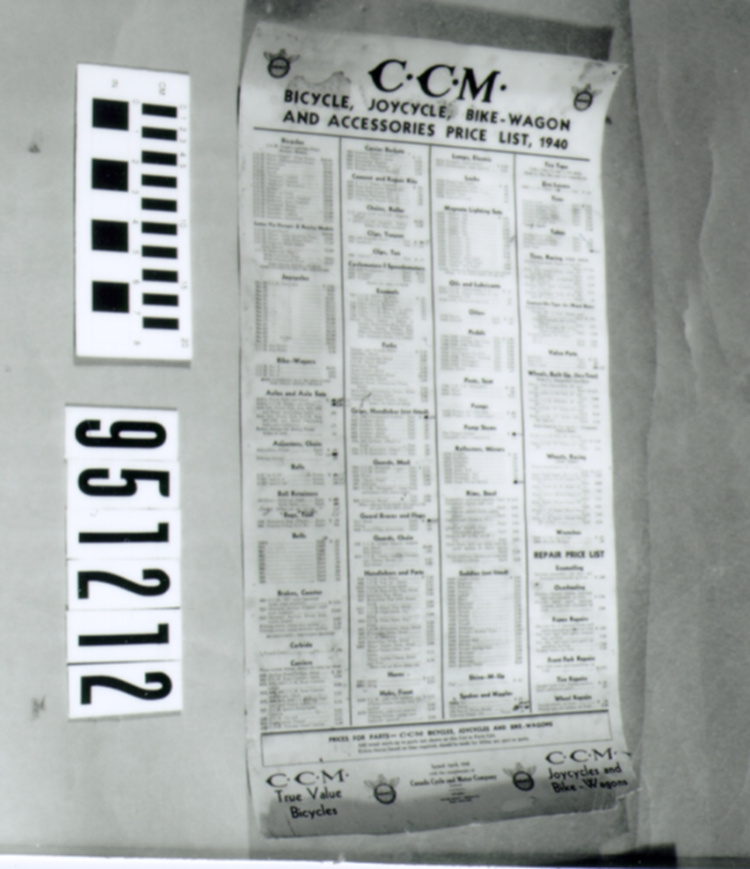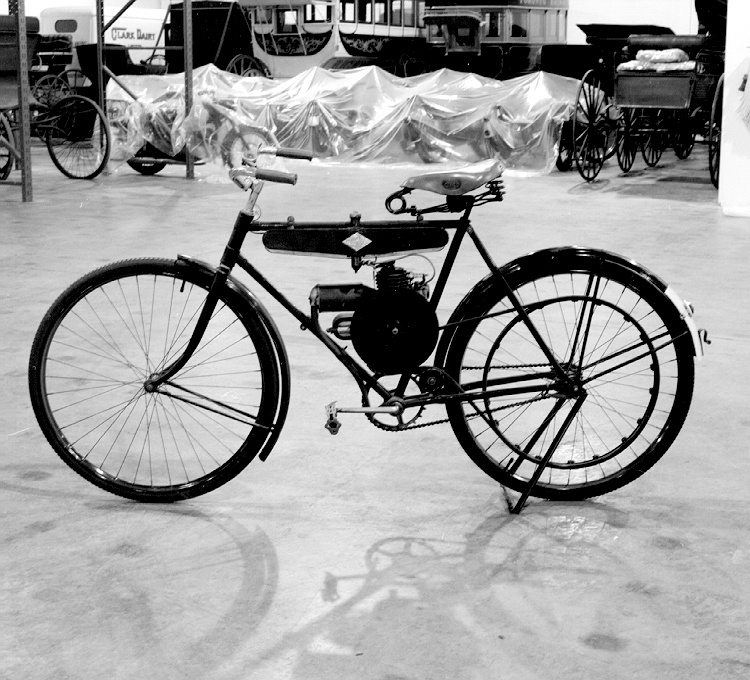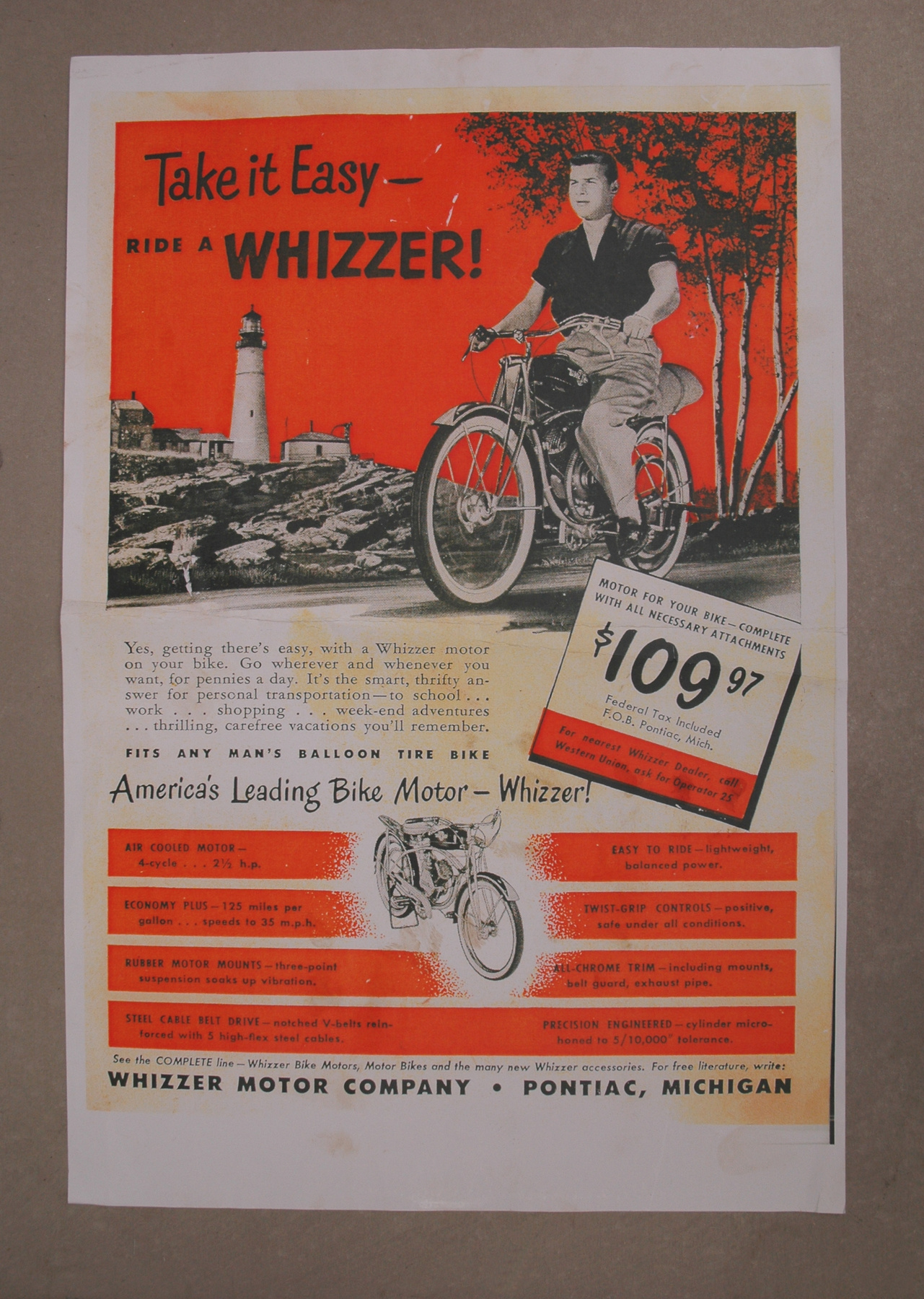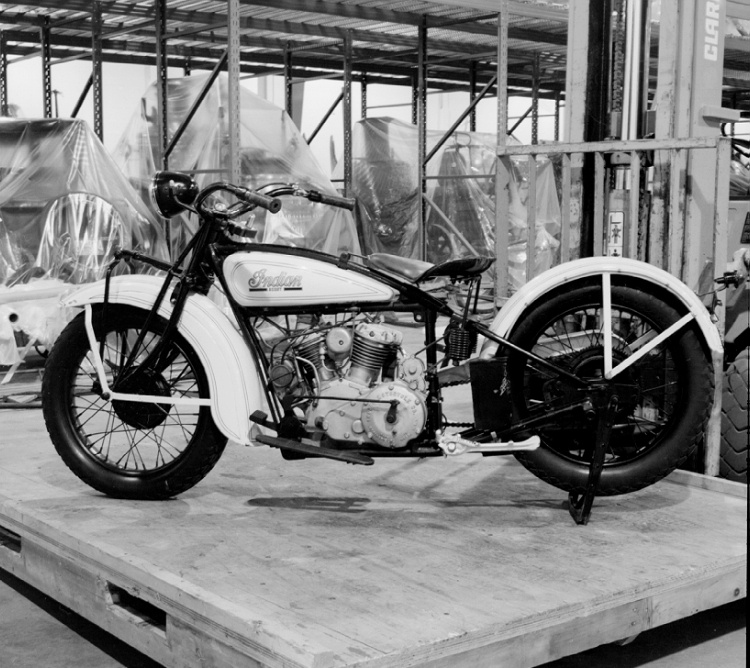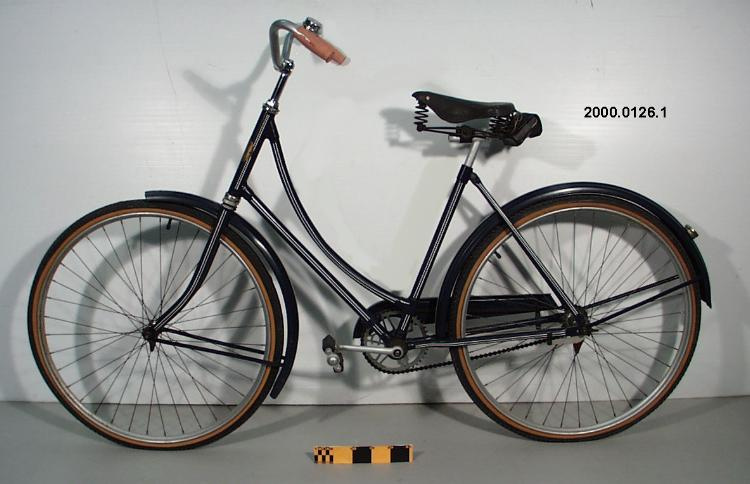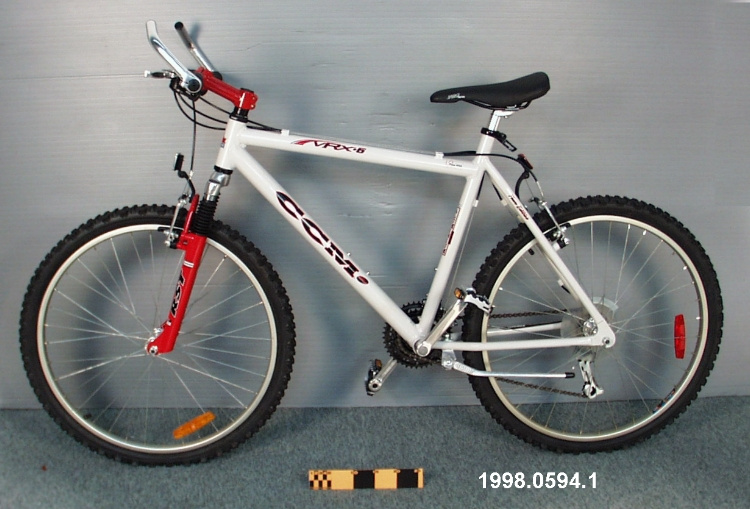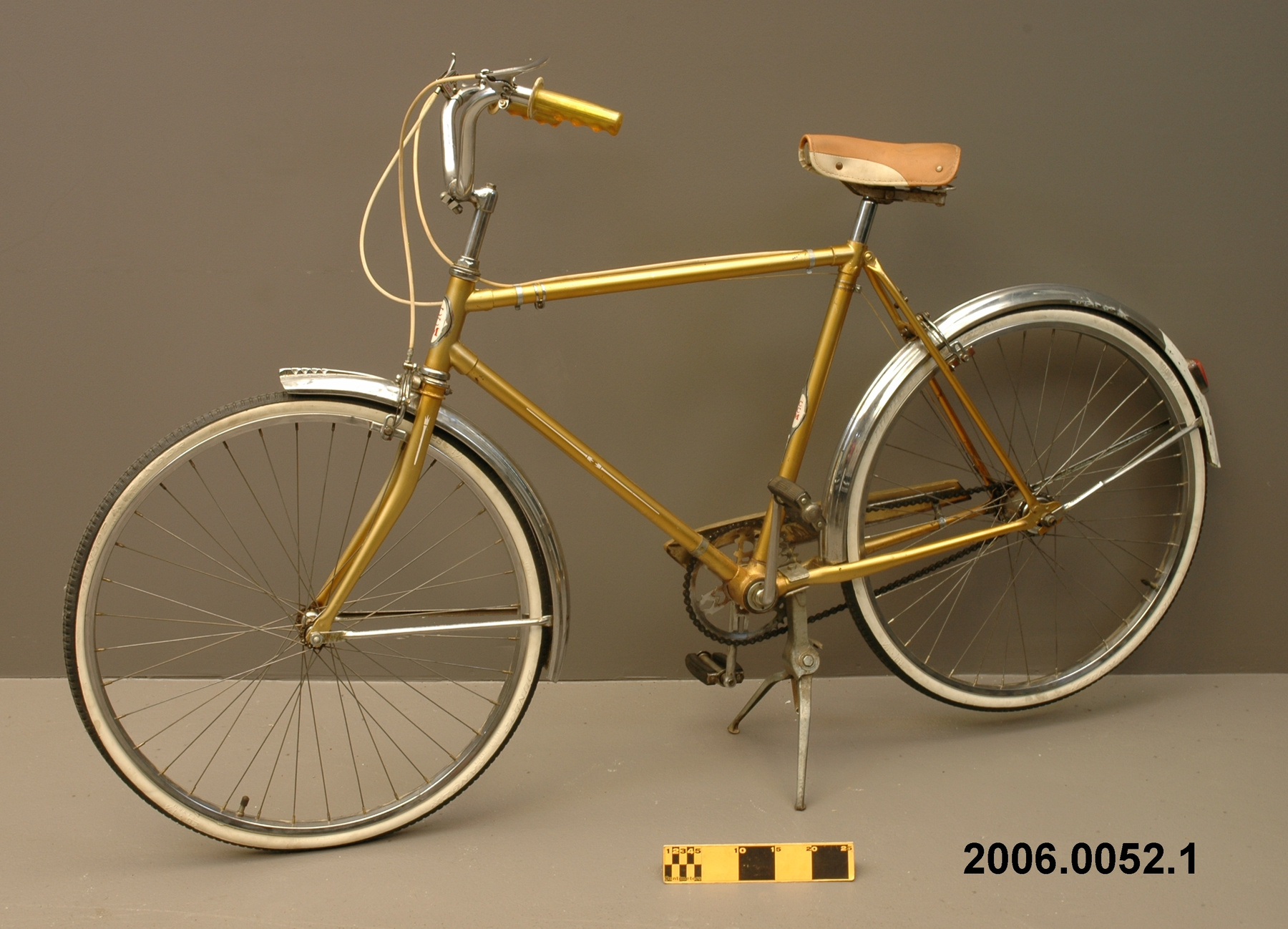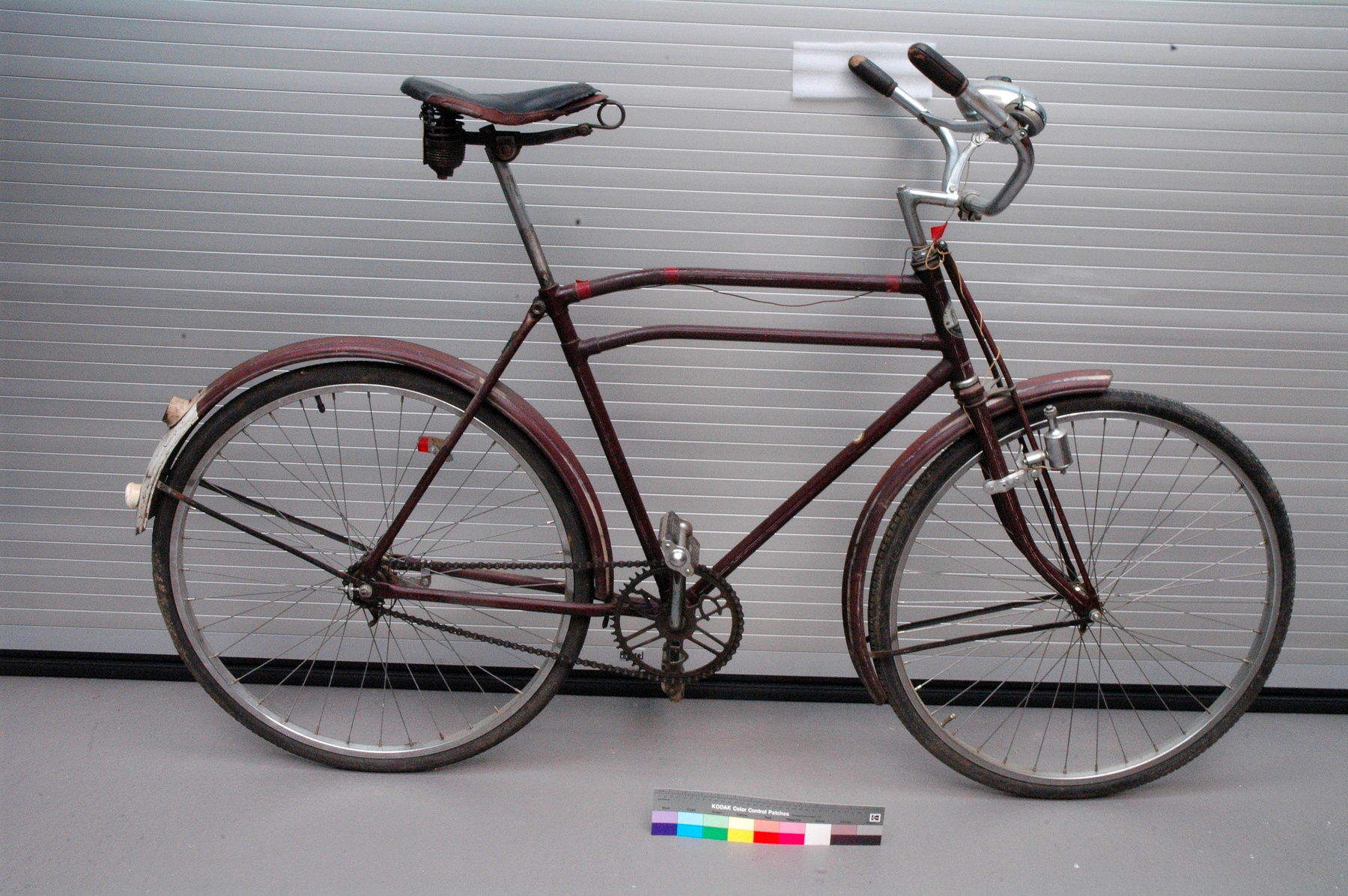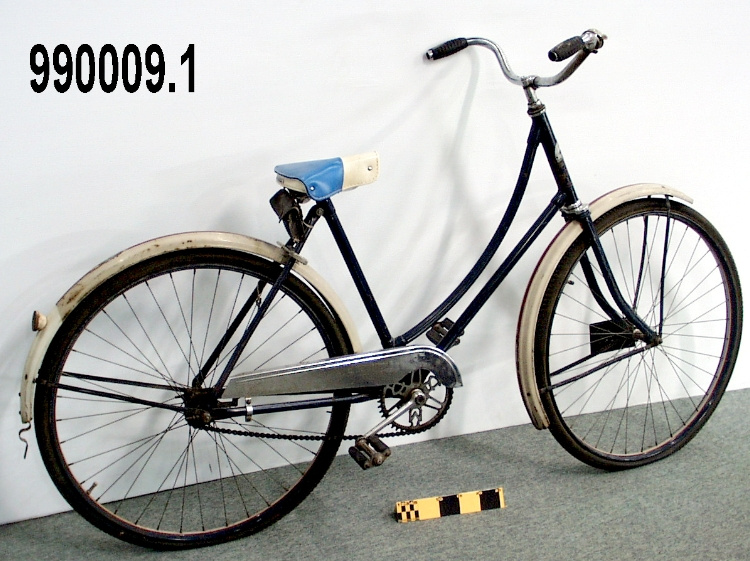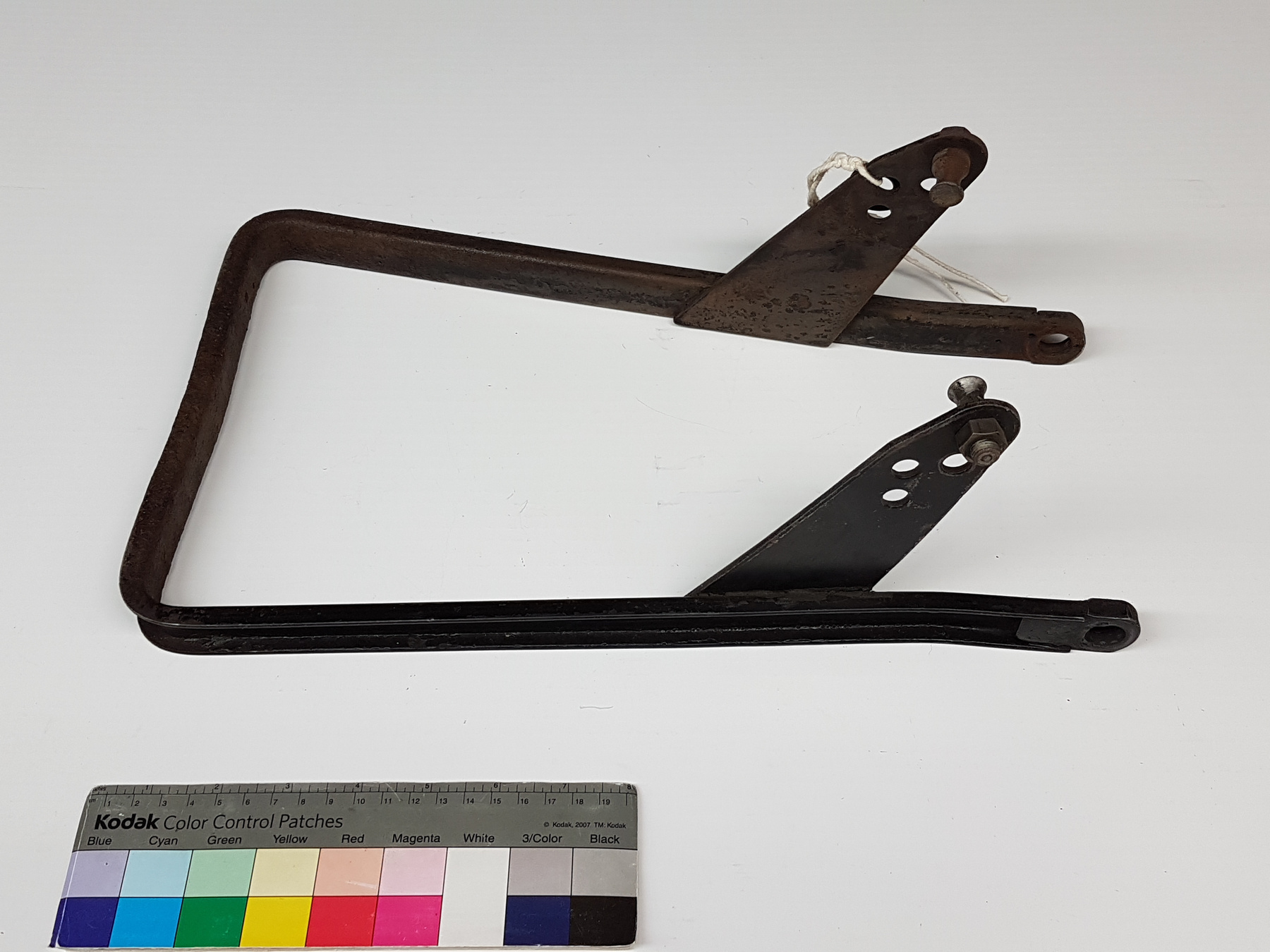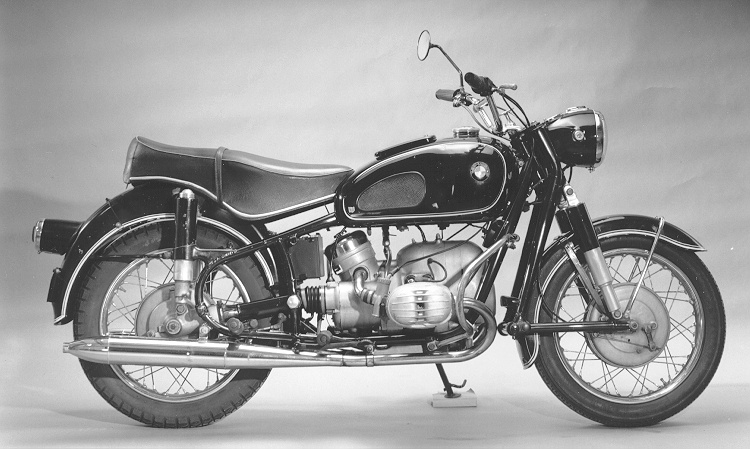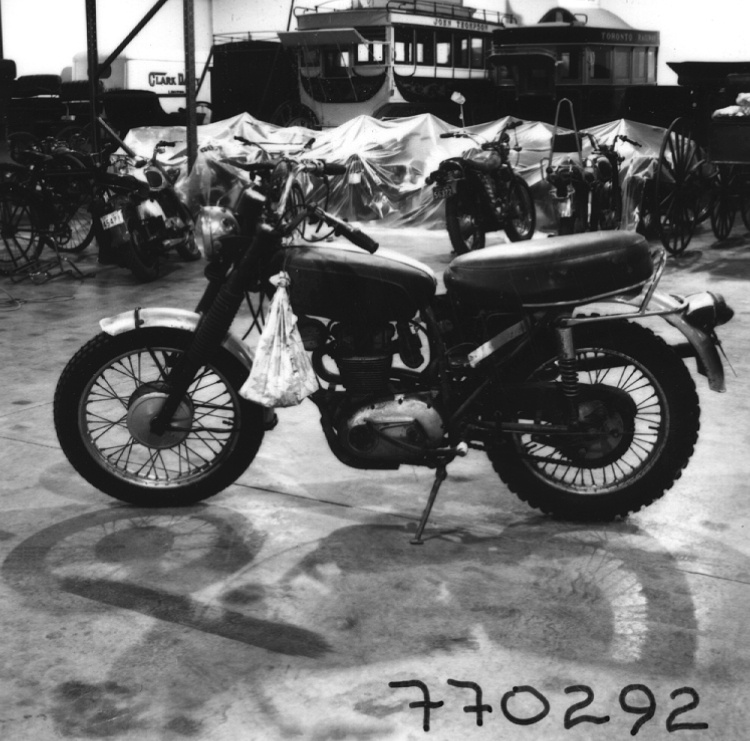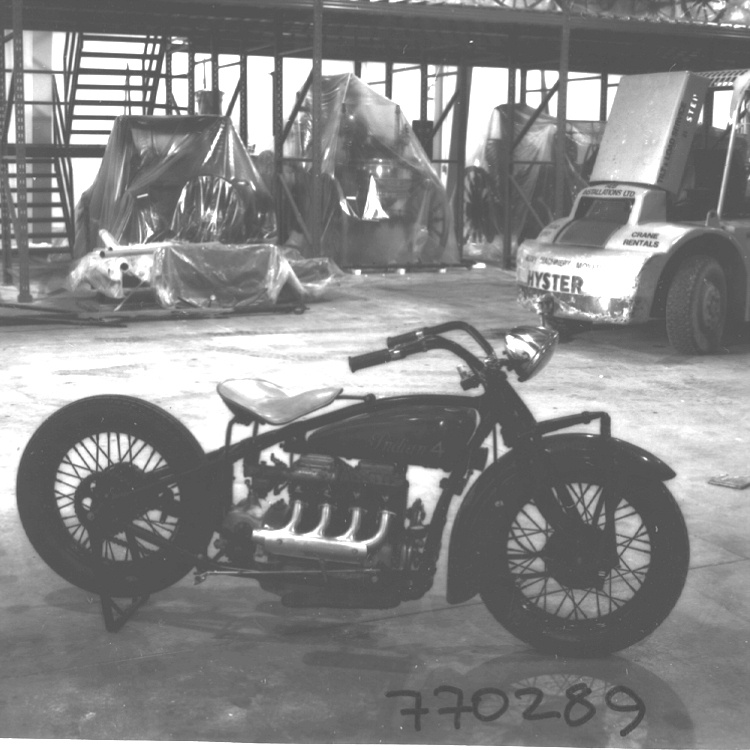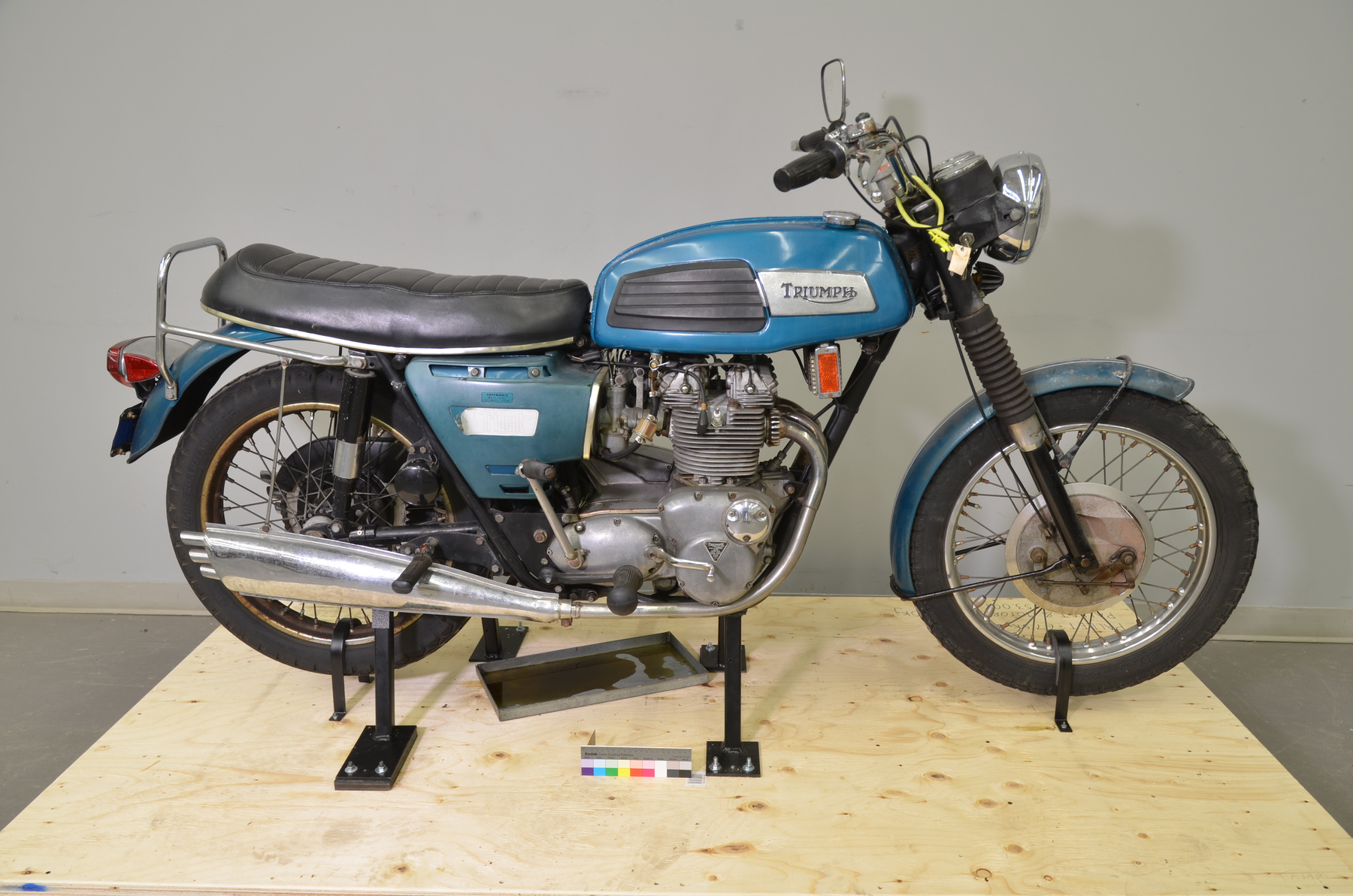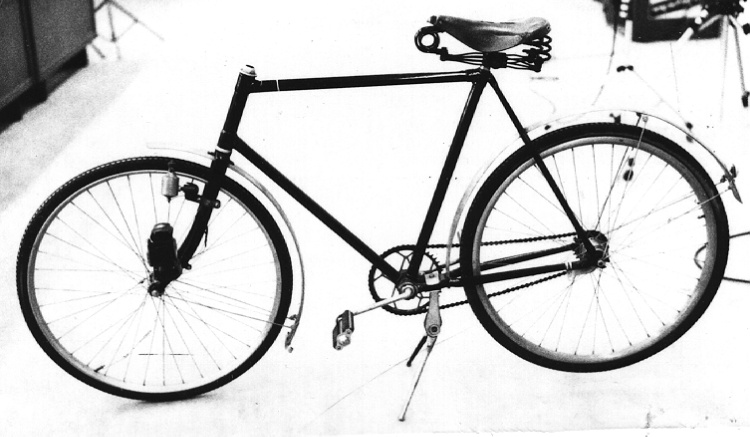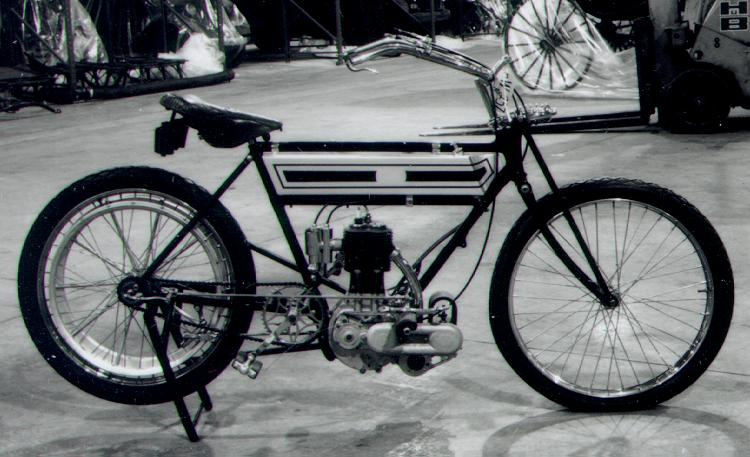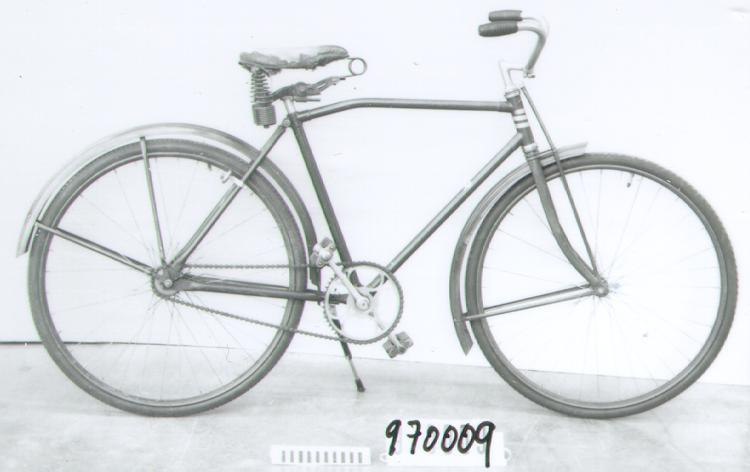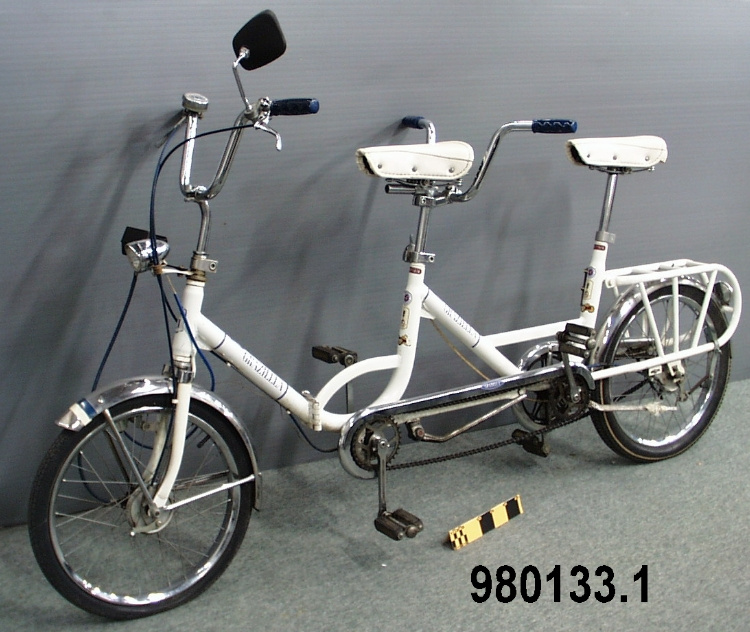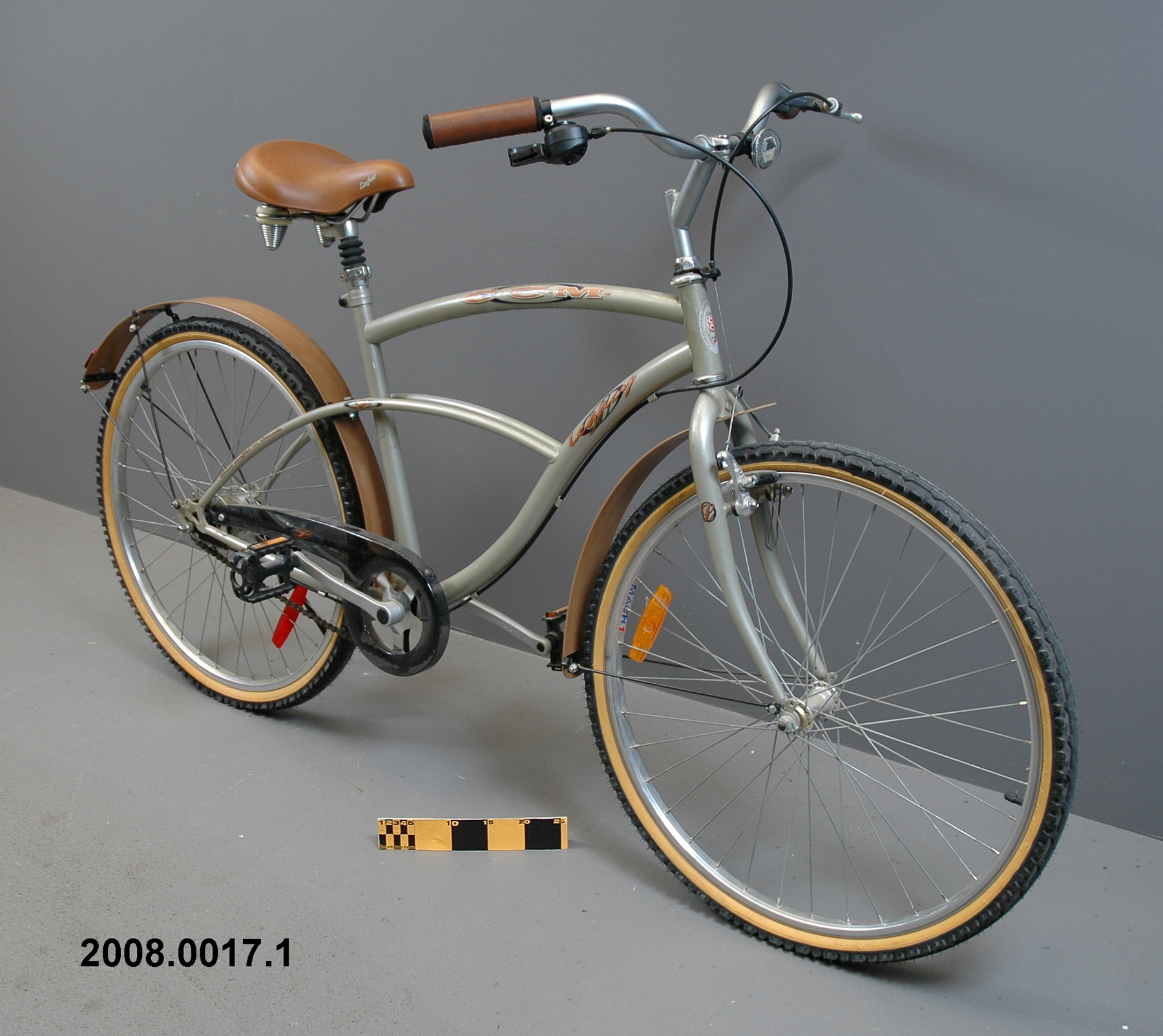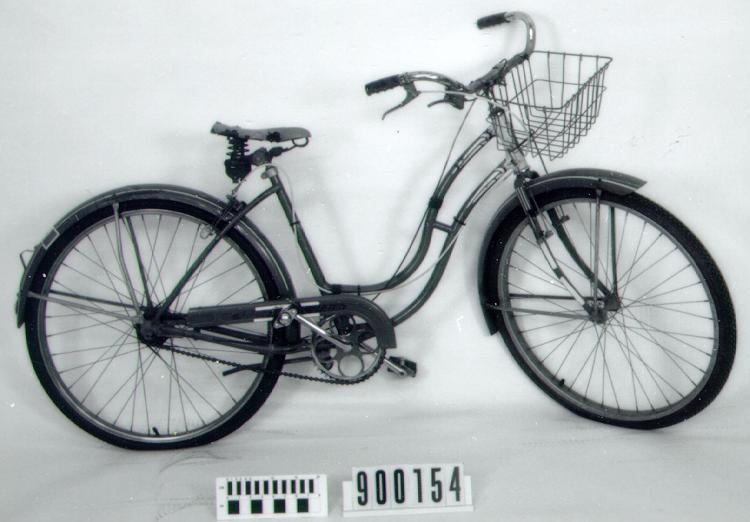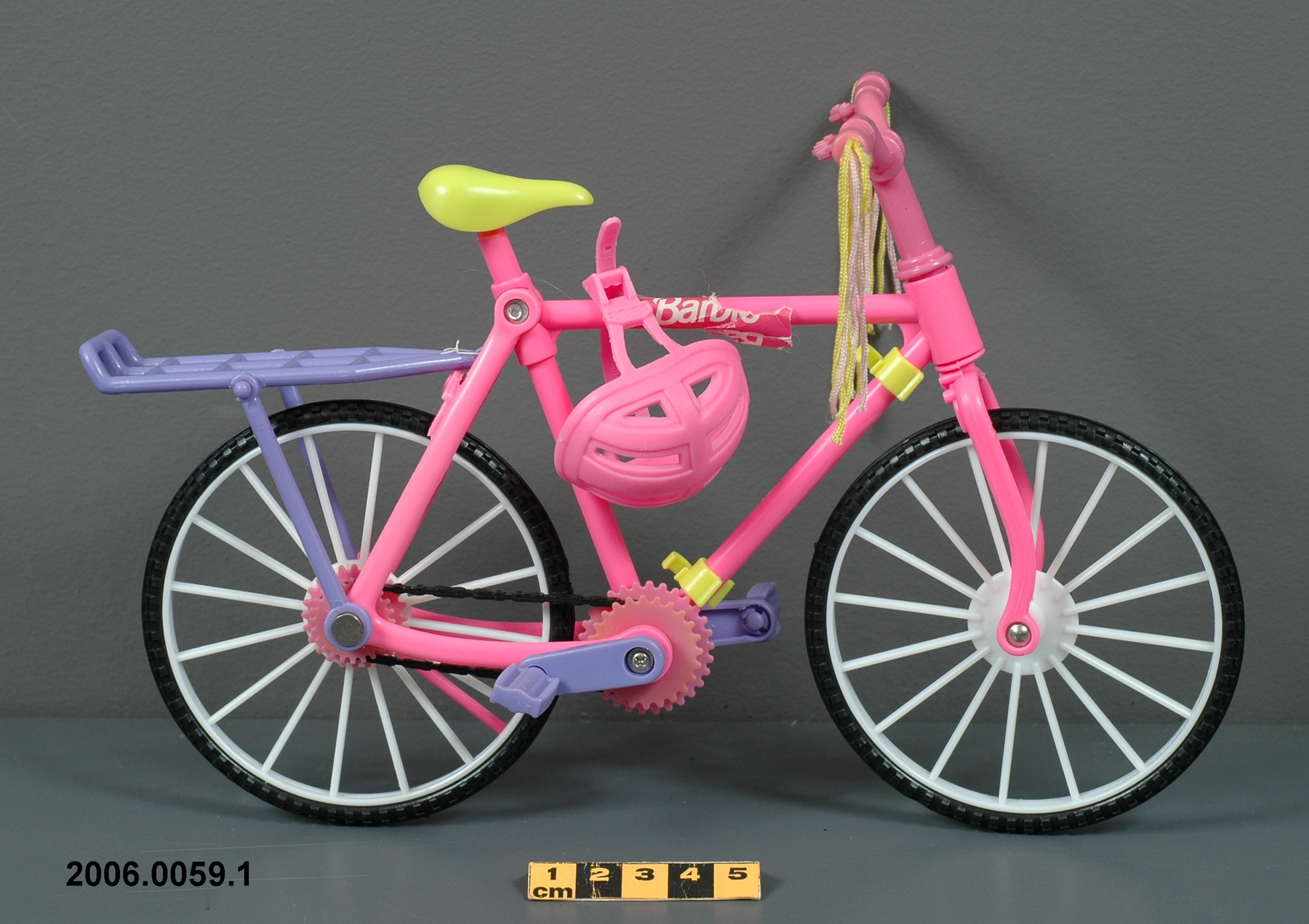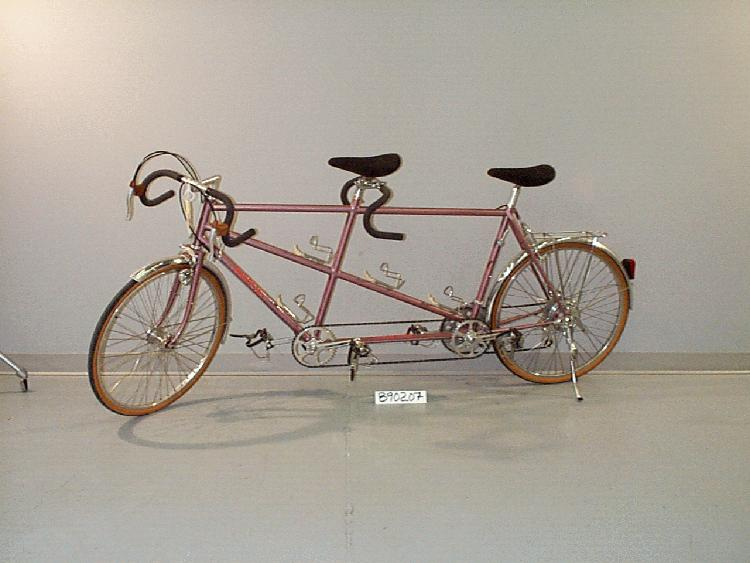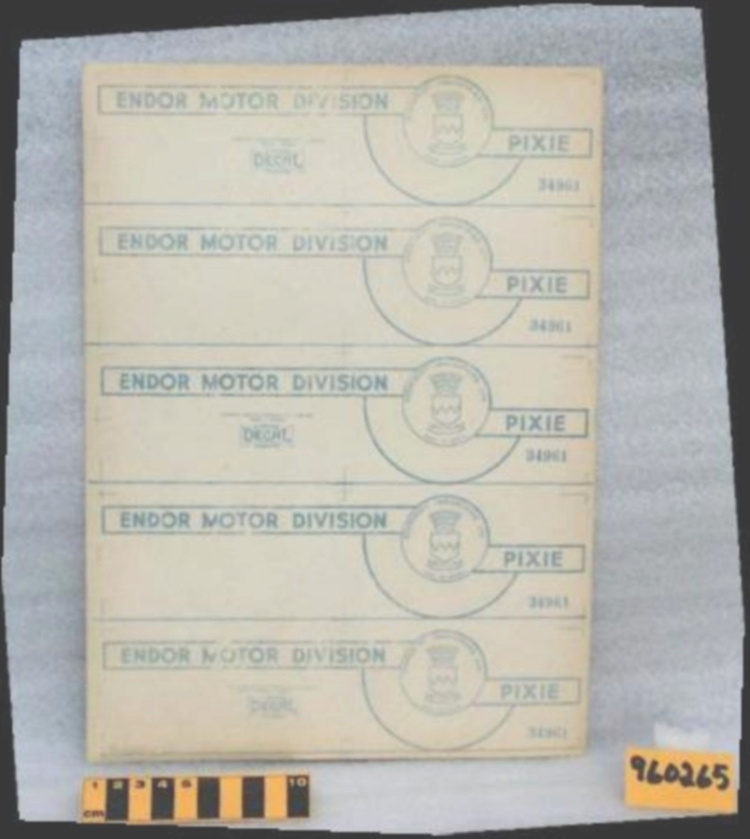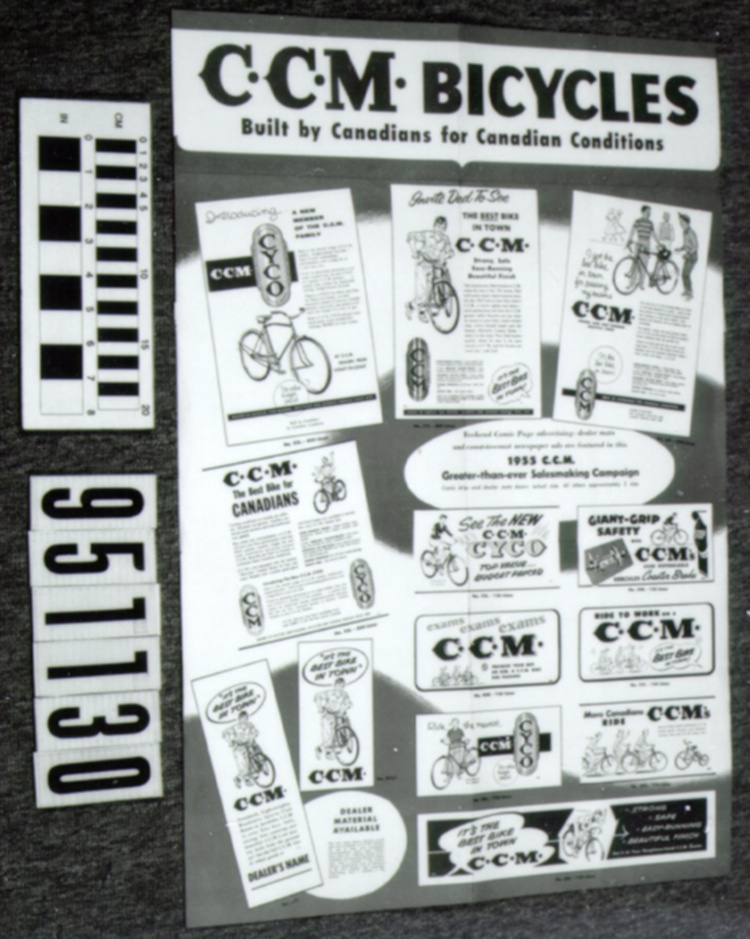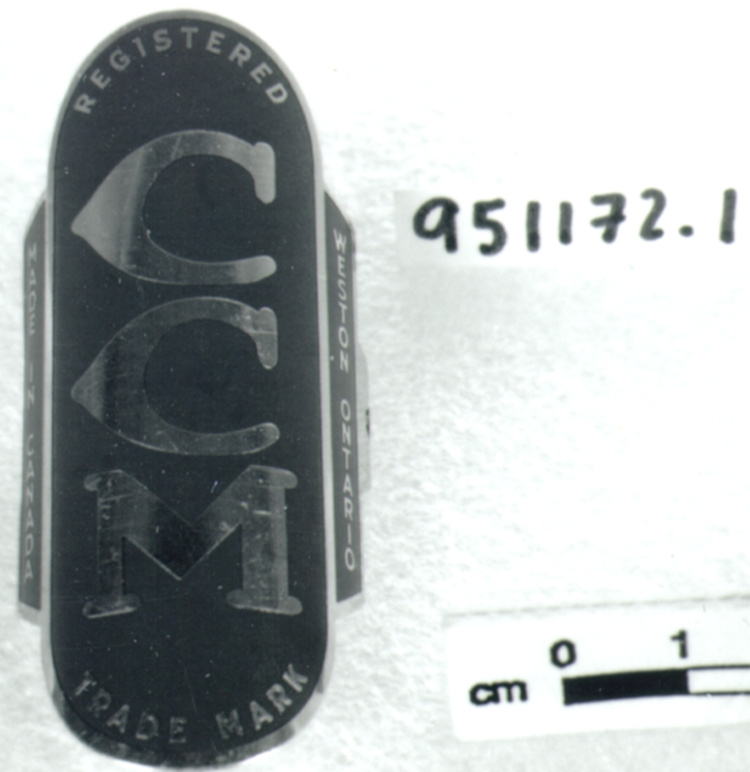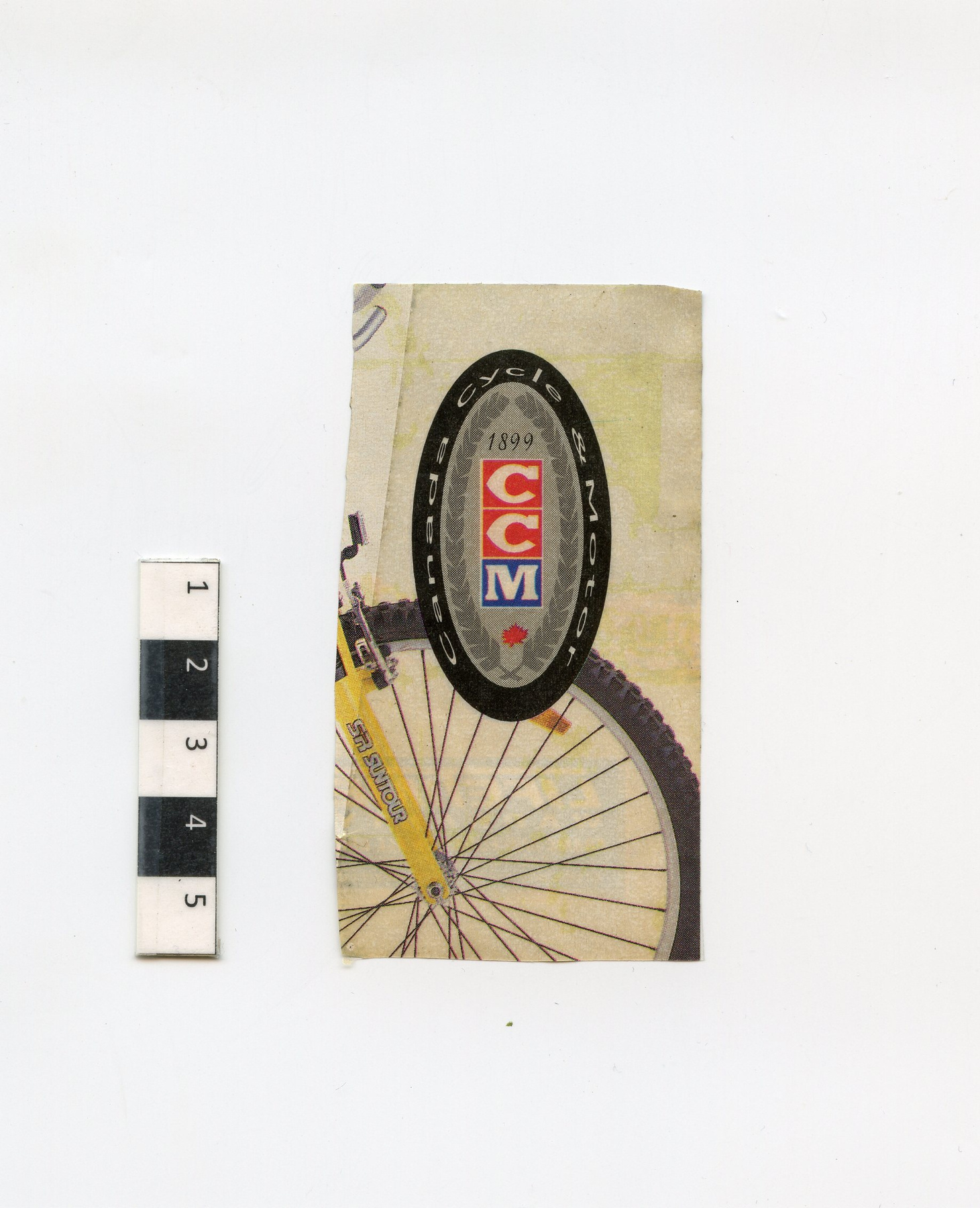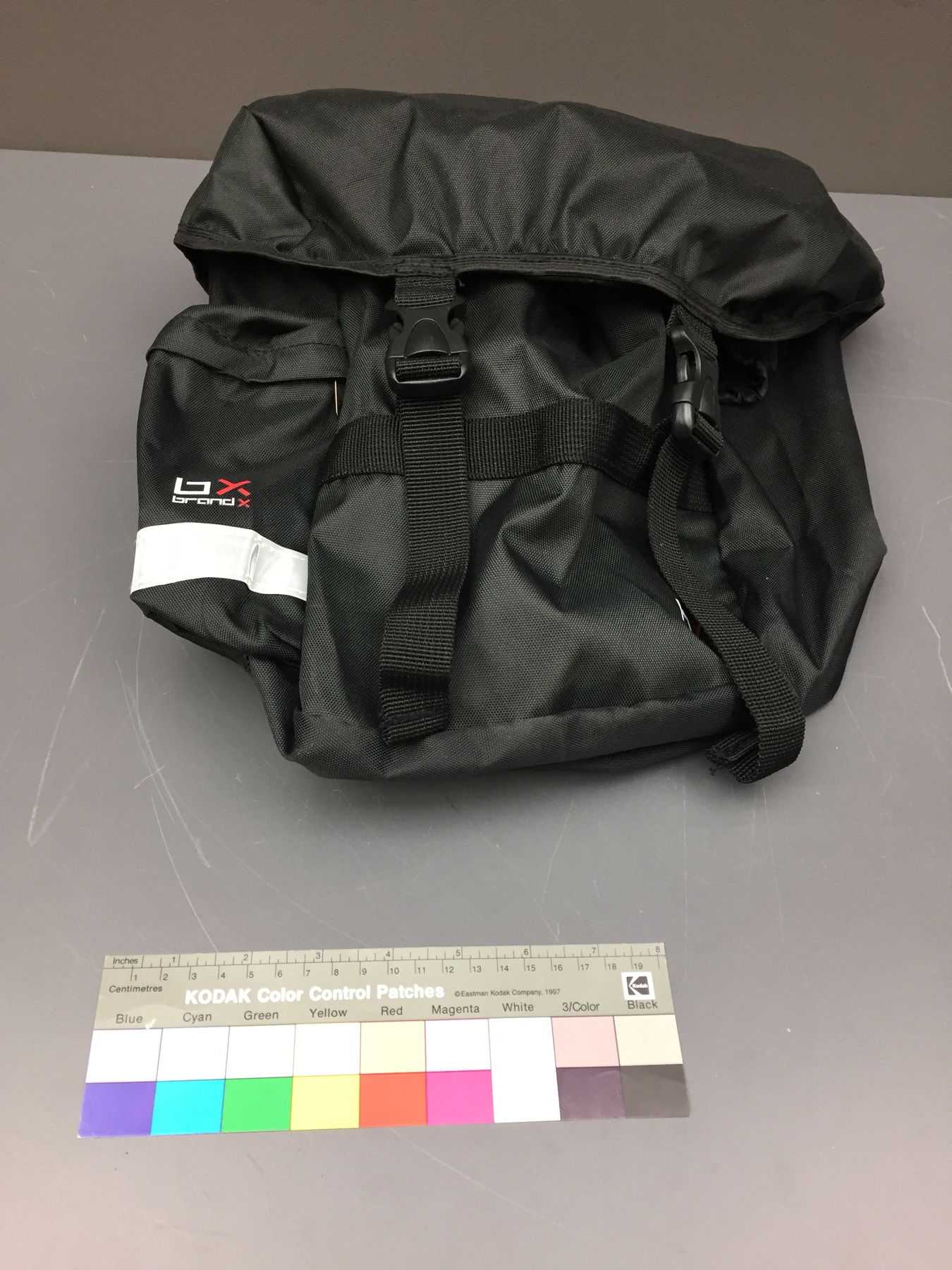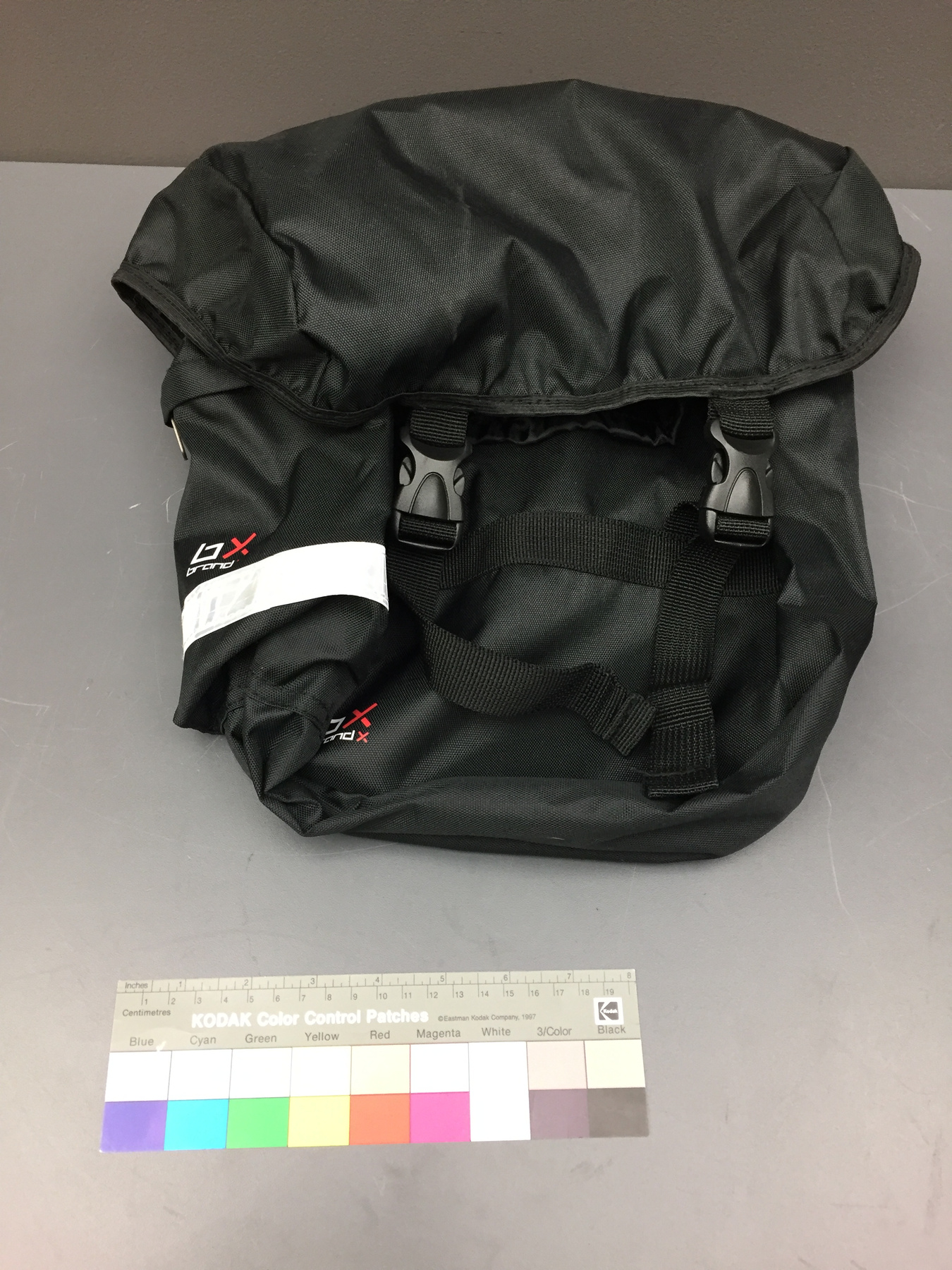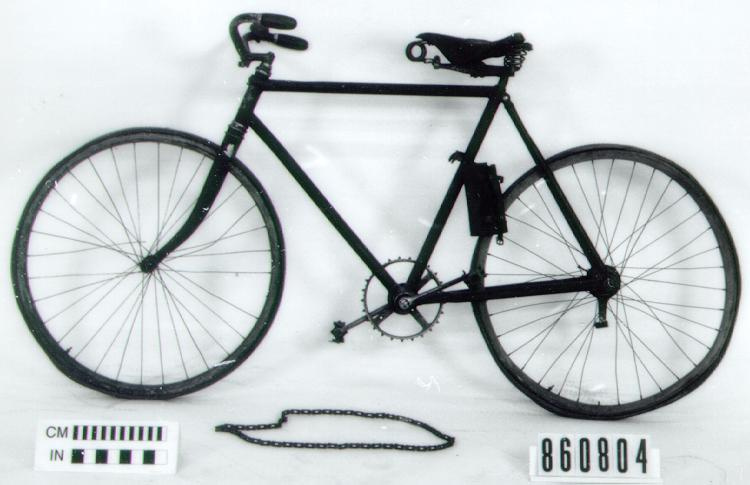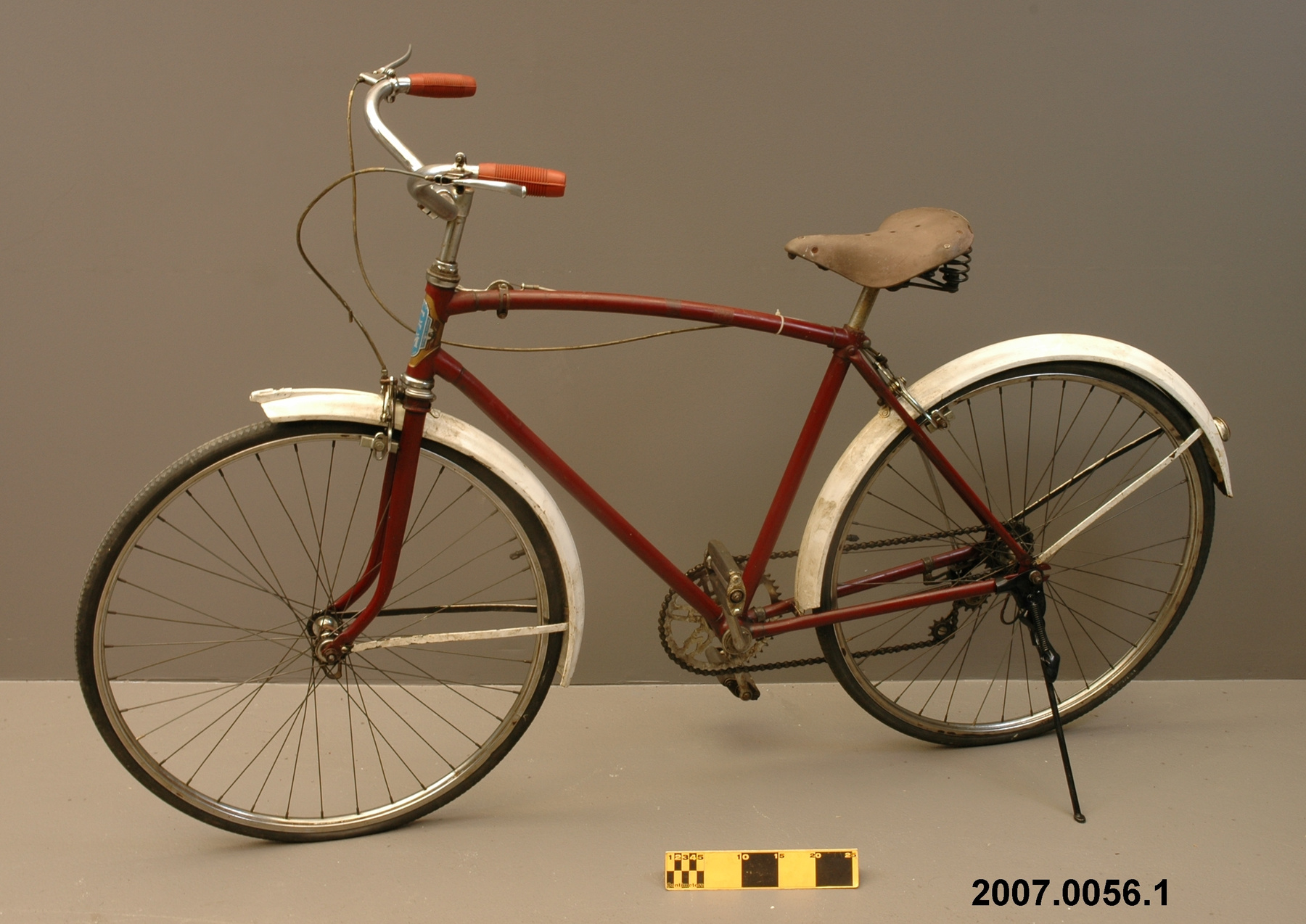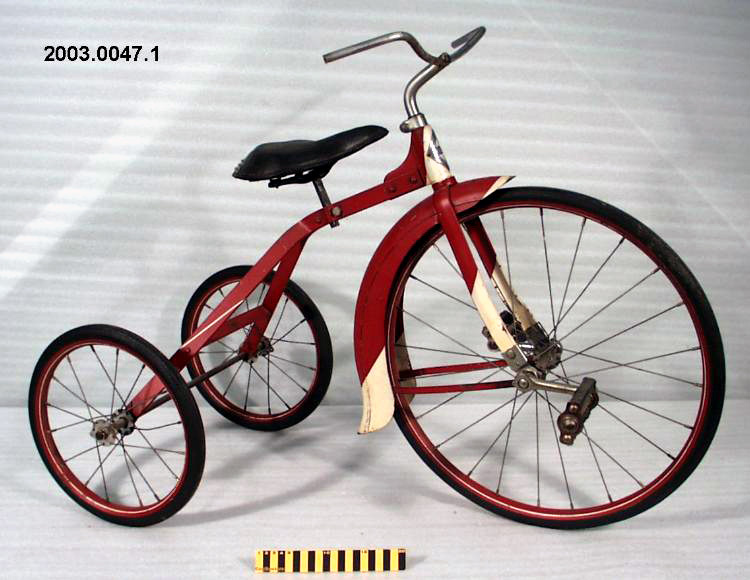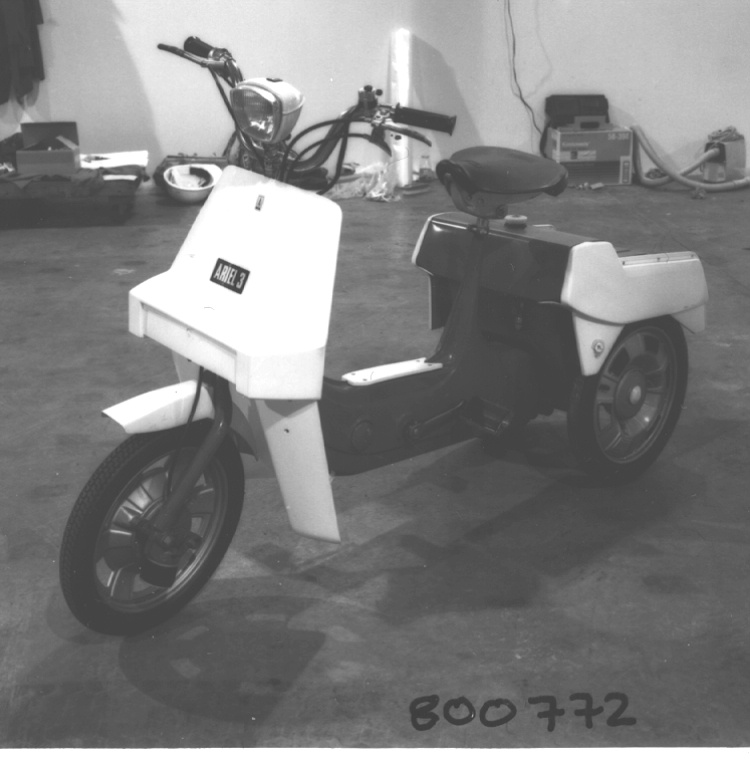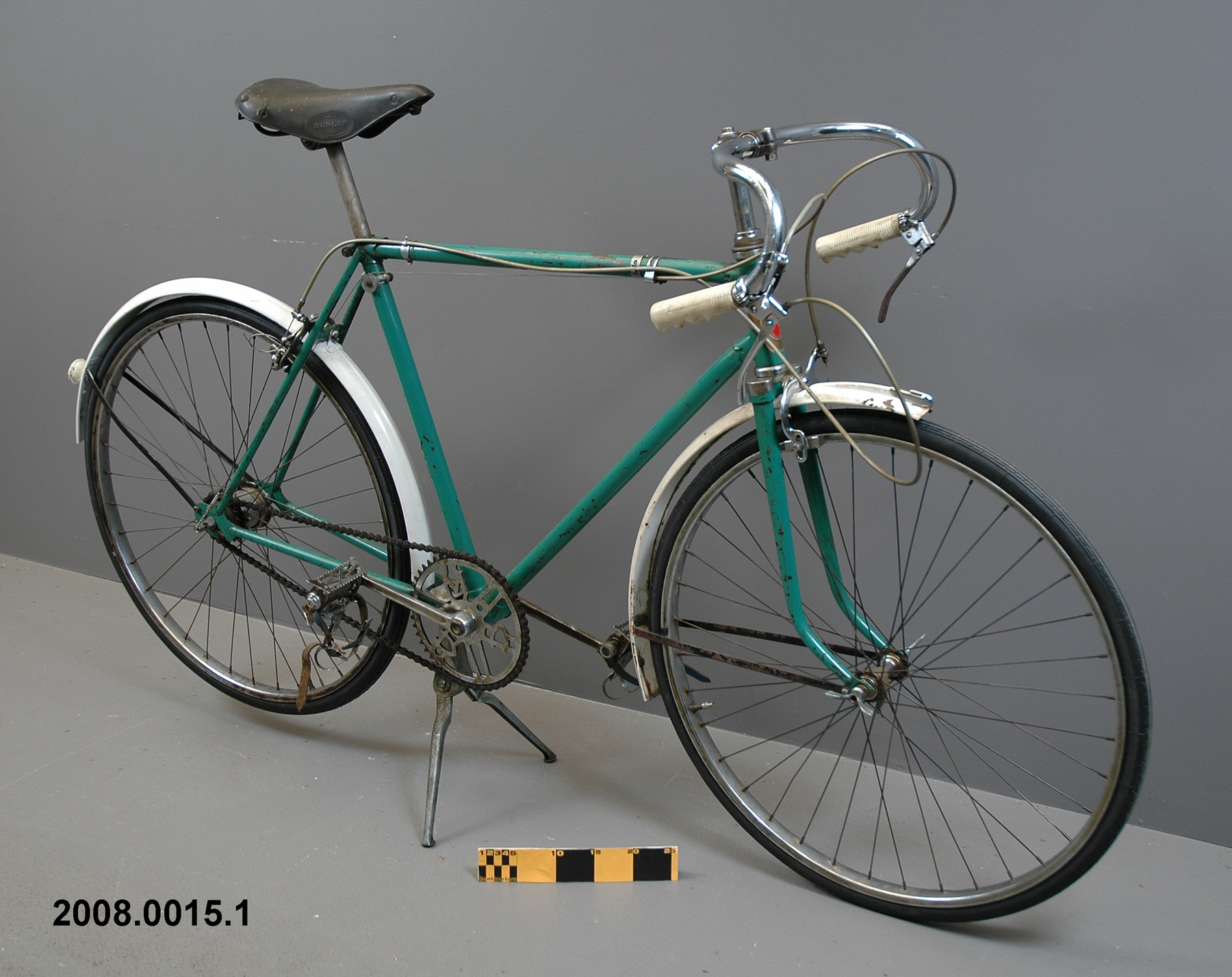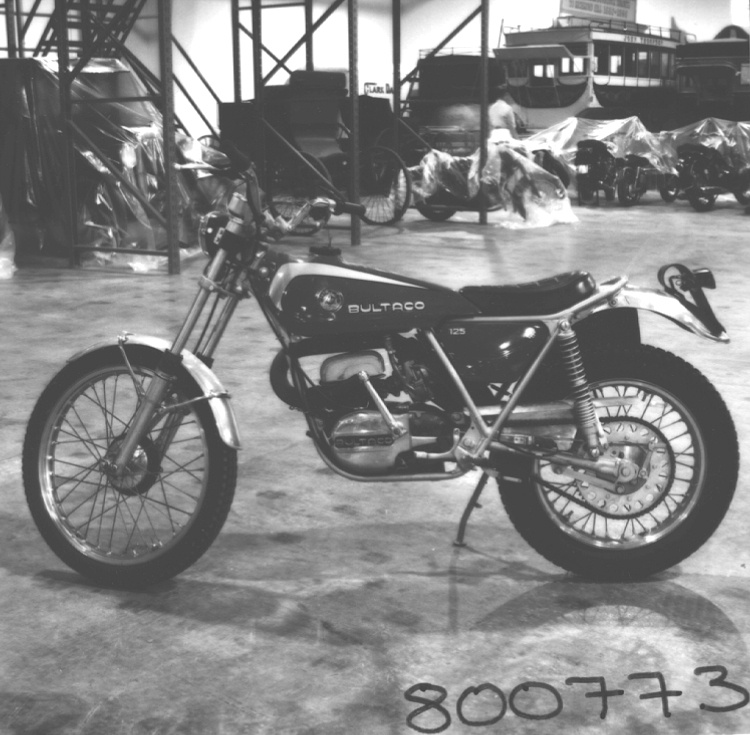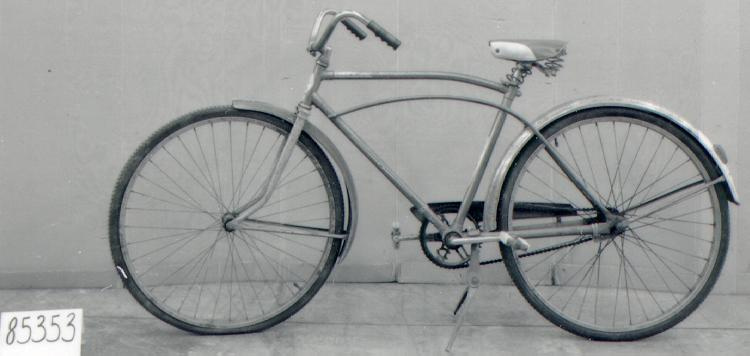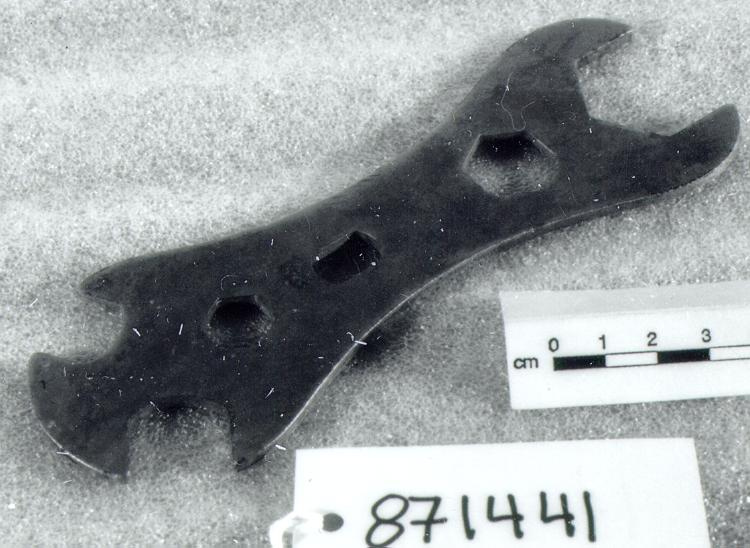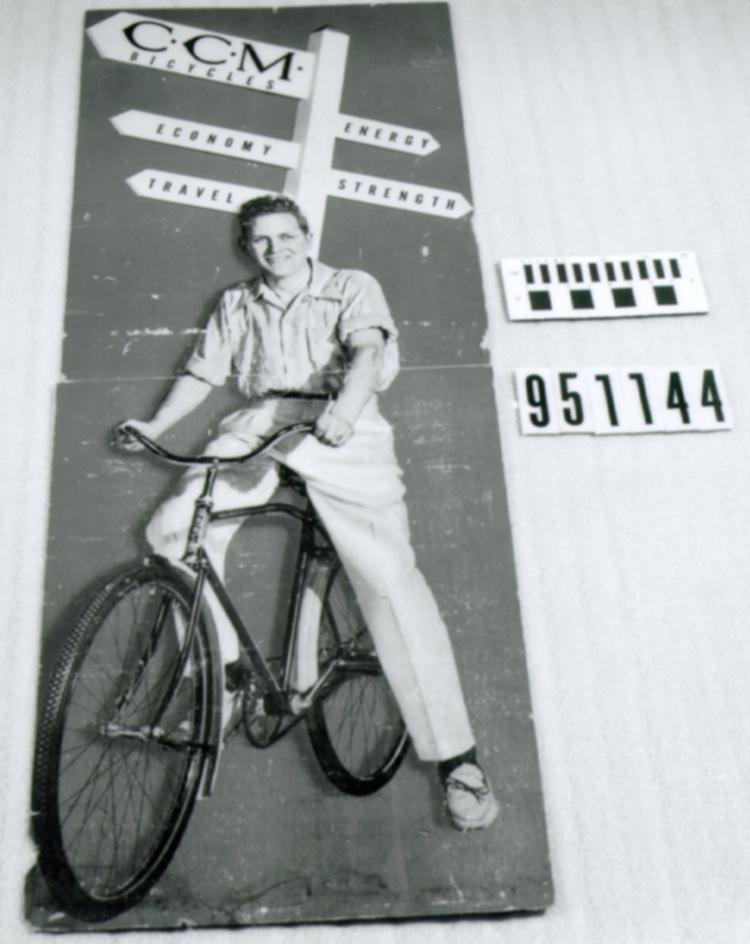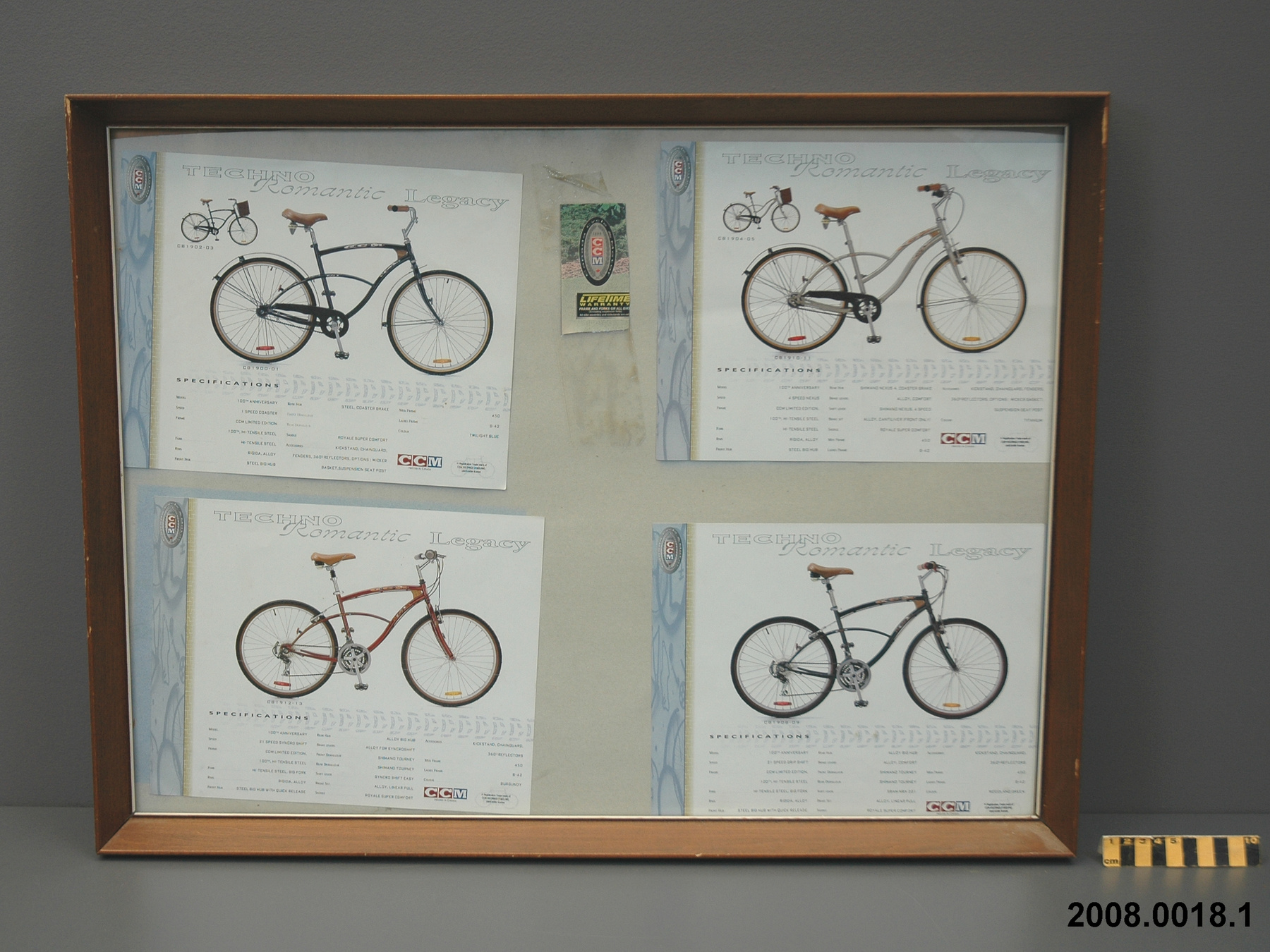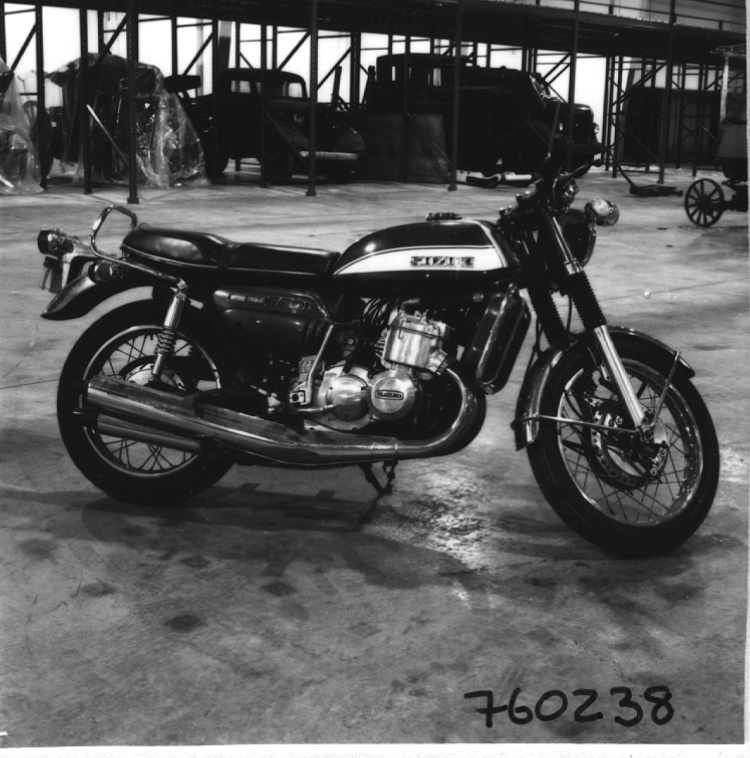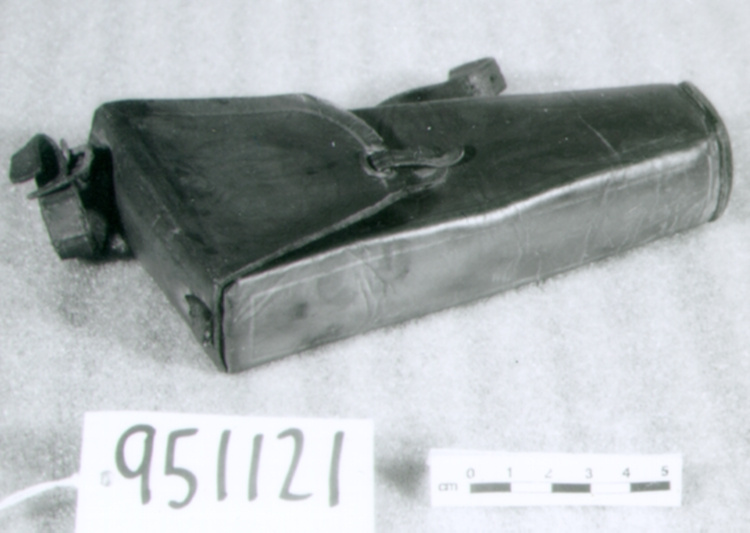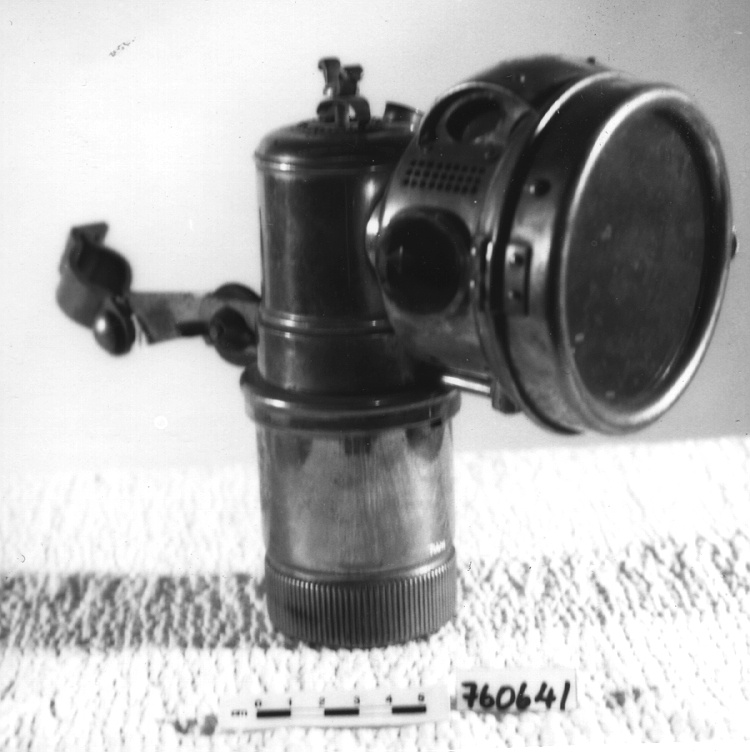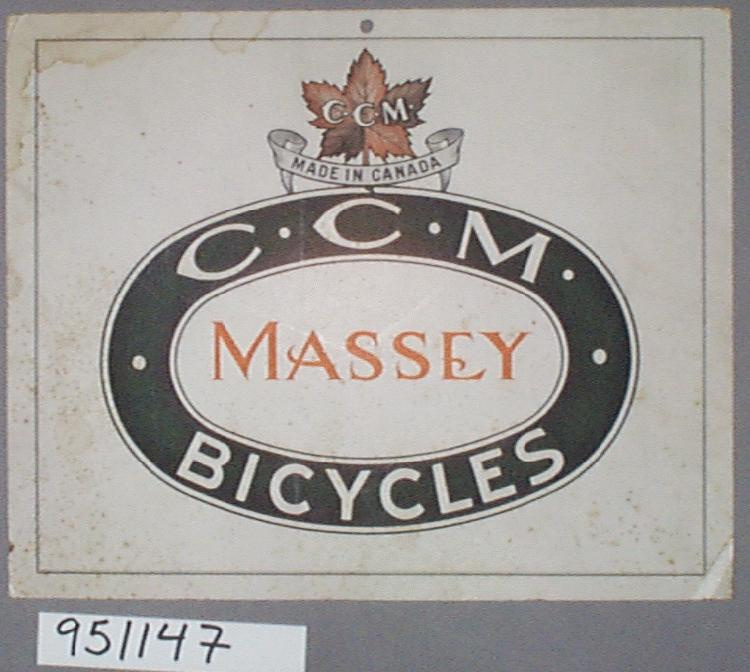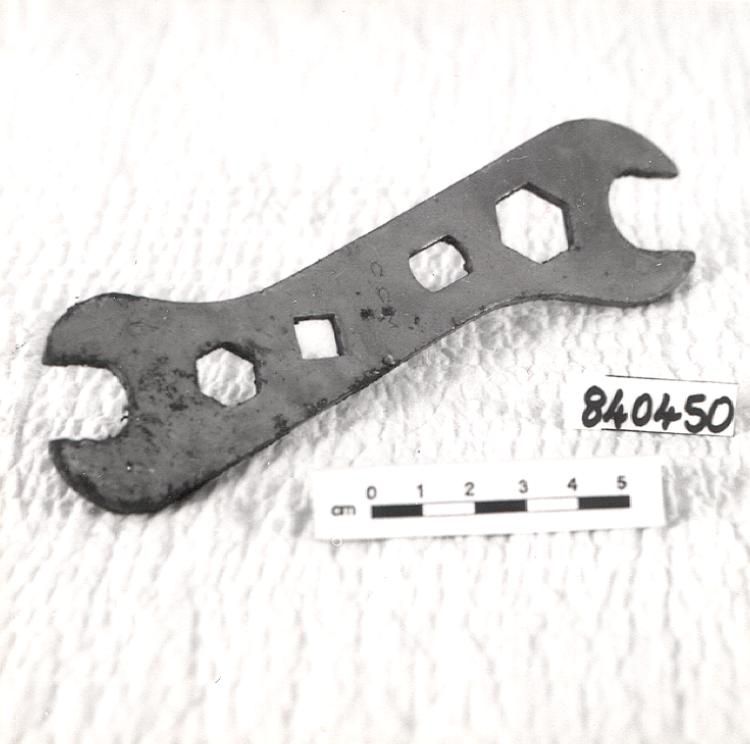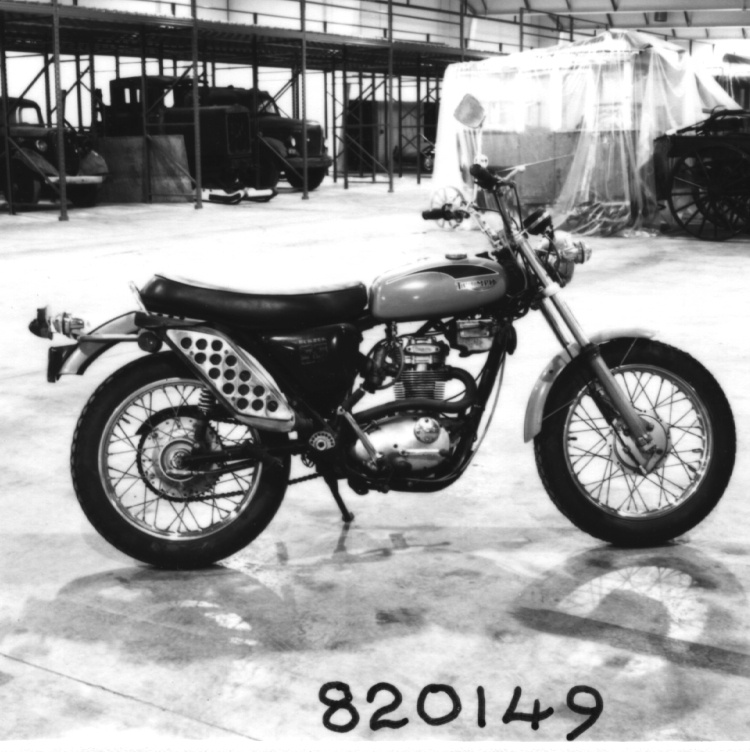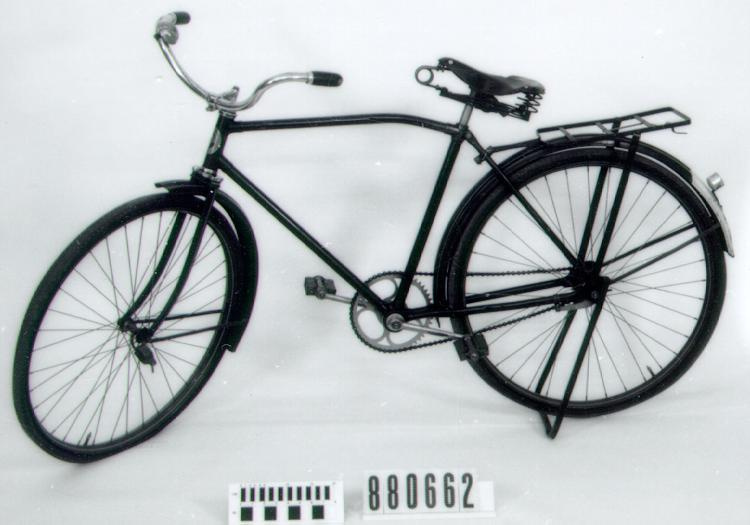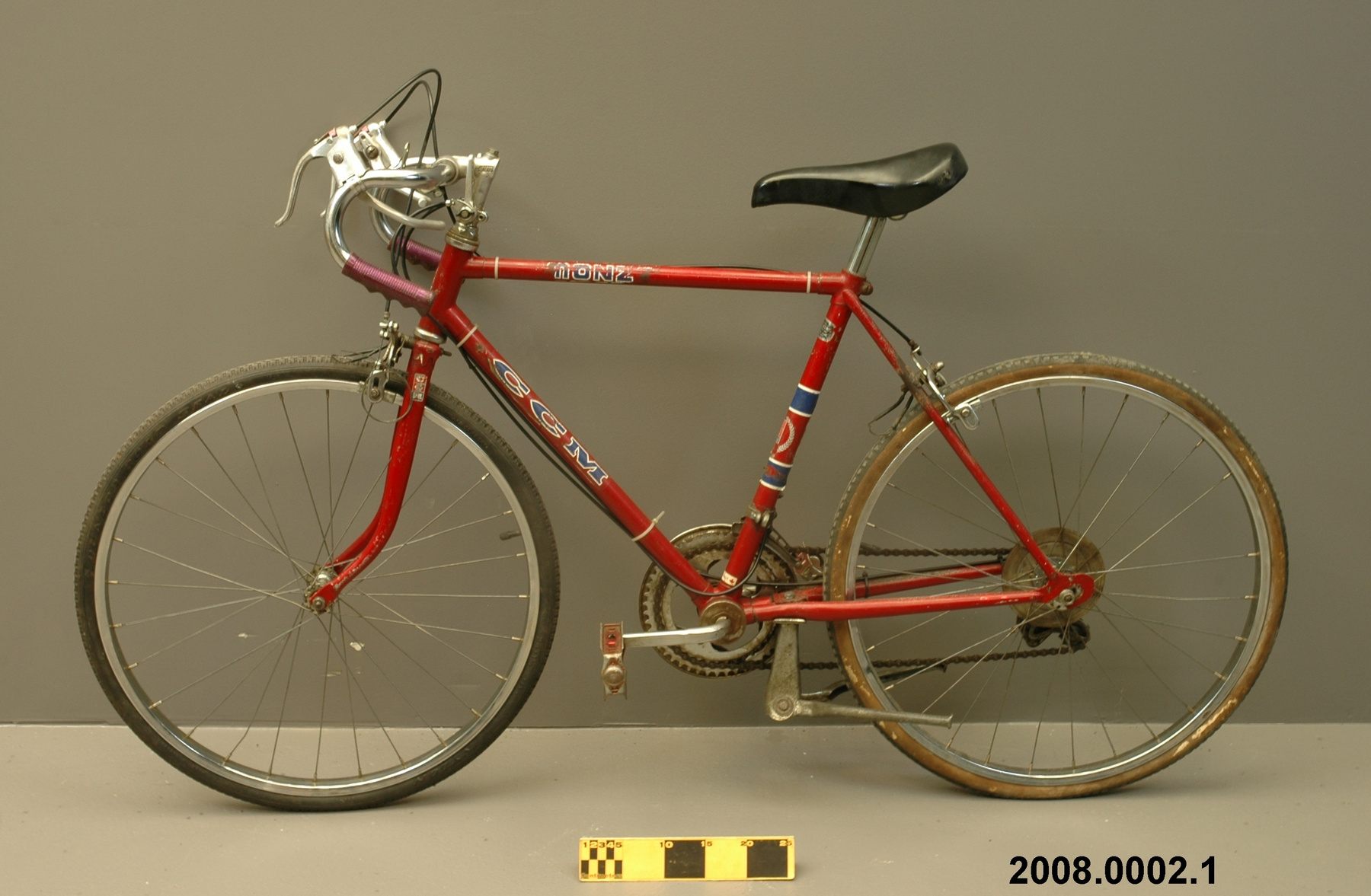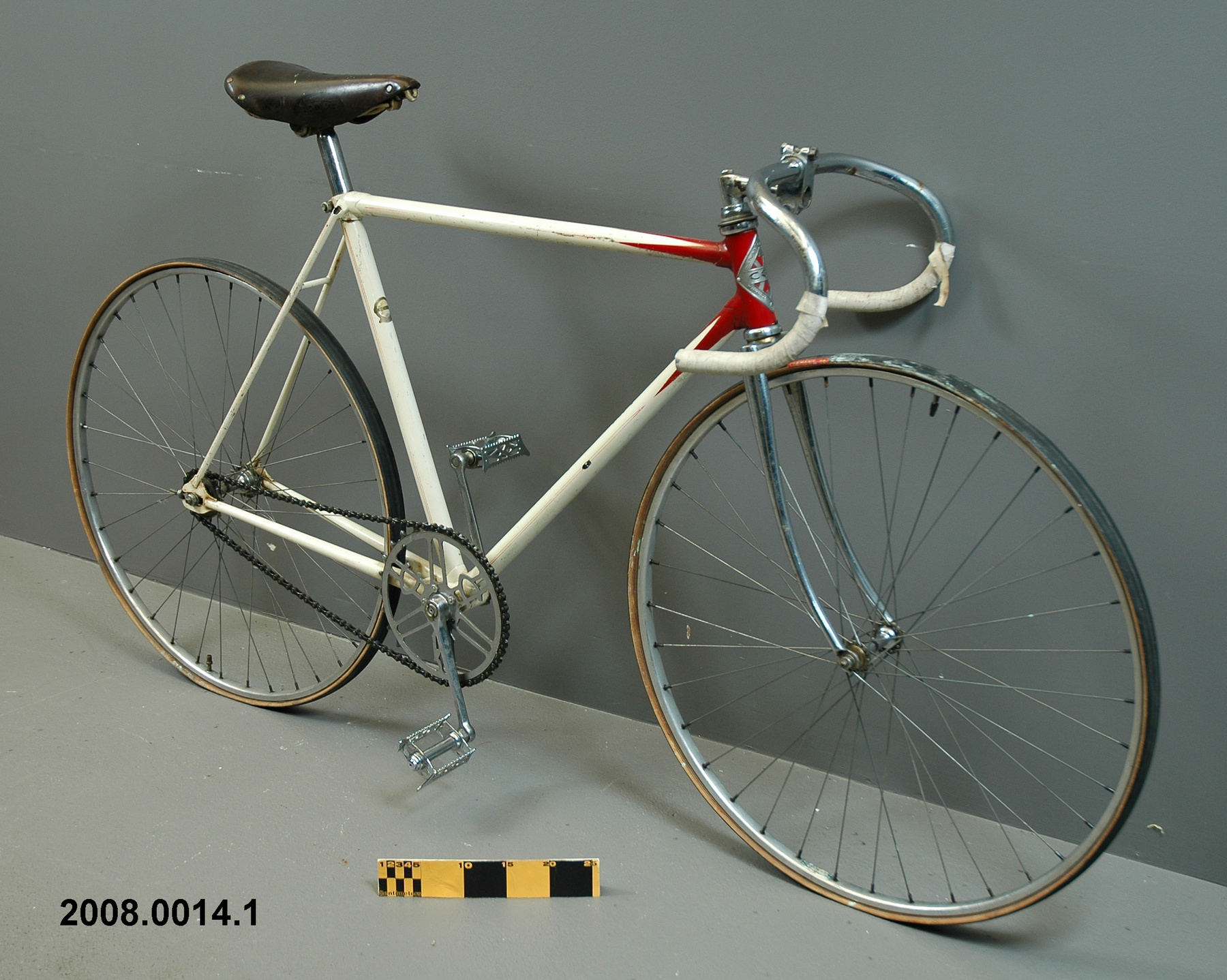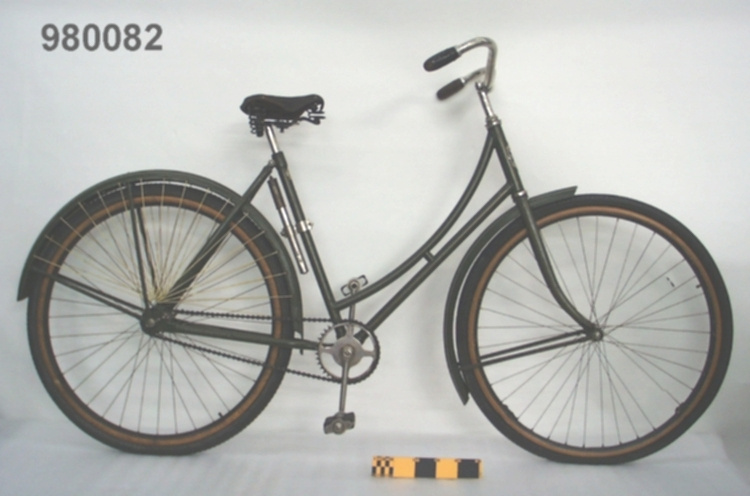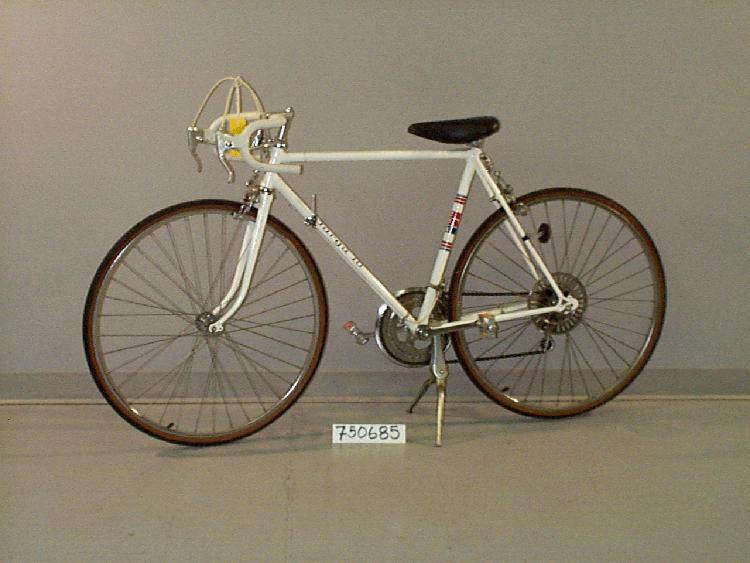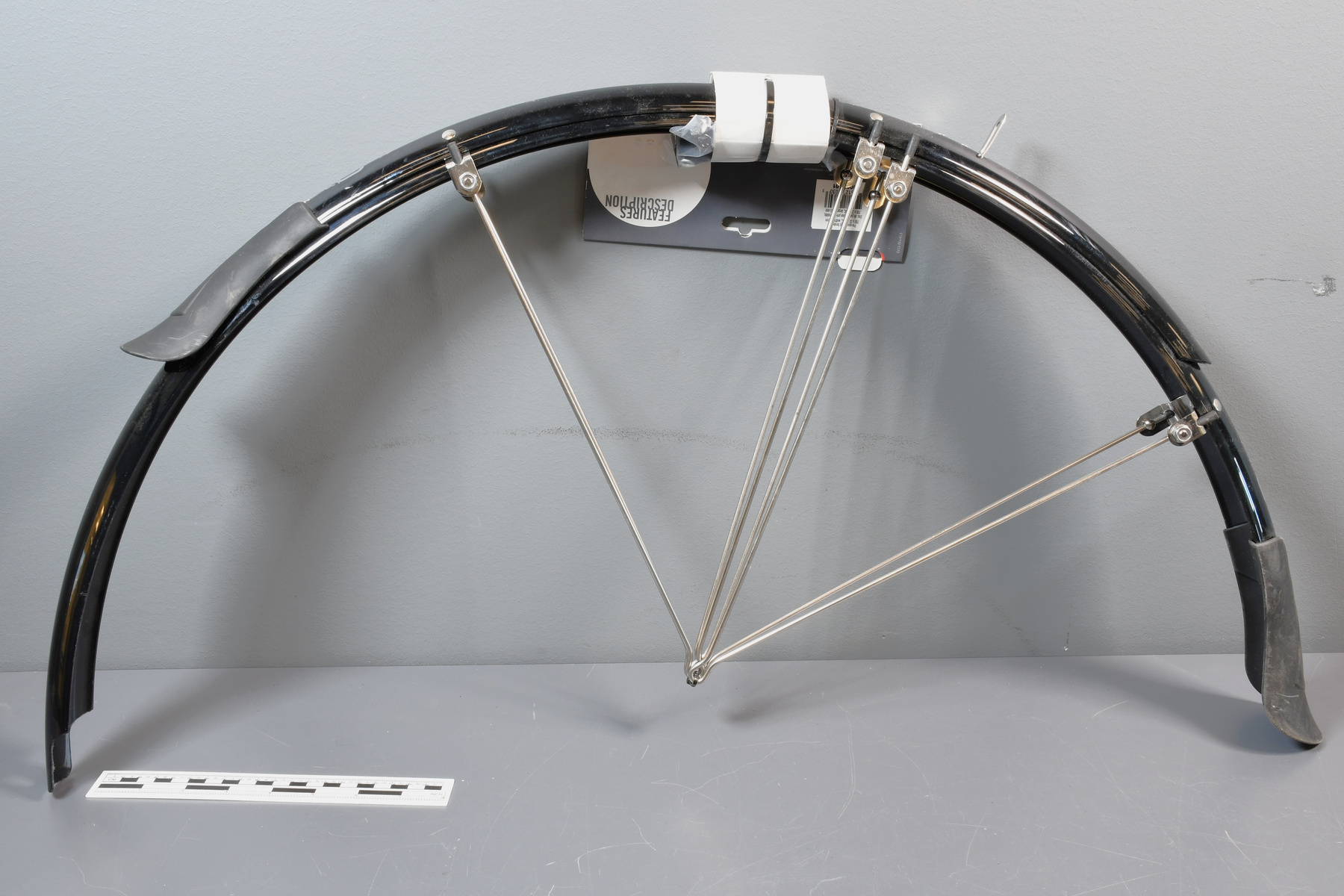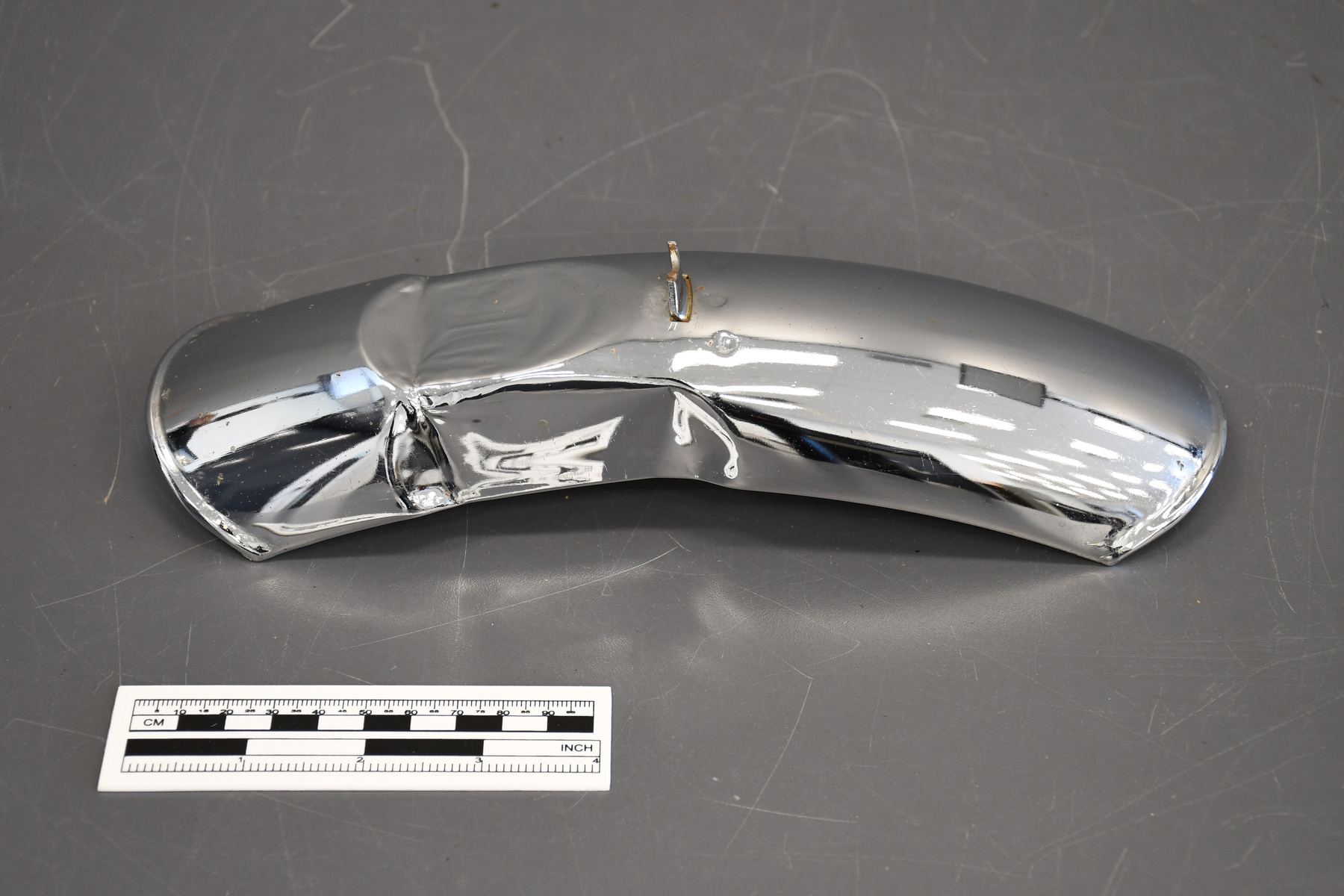Fender
Use this image
Can I reuse this image without permission? Yes
Object images on the Ingenium Collection’s portal have the following Creative Commons license:
Copyright Ingenium / CC BY-NC-ND (Attribution-NonCommercial 4.0 International (CC BY-NC 4.0)
ATTRIBUTE THIS IMAGE
Ingenium,
2016.0210.002
Permalink:
Ingenium is releasing this image under the Creative Commons licensing framework, and encourages downloading and reuse for non-commercial purposes. Please acknowledge Ingenium and cite the artifact number.
DOWNLOAD IMAGEPURCHASE THIS IMAGE
This image is free for non-commercial use.
For commercial use, please consult our Reproduction Fees and contact us to purchase the image.
- OBJECT TYPE
- bicycle/front
- DATE
- 1968
- ARTIFACT NUMBER
- 2016.0210.002
- MANUFACTURER
- Unknown
- MODEL
- Unknown
- LOCATION
- Unknown
More Information
General Information
- Serial #
- N/A
- Part Number
- 2
- Total Parts
- 4
- AKA
- N/A
- Patents
- N/A
- General Description
- Metal fender.
Dimensions
Note: These reflect the general size for storage and are not necessarily representative of the object's true dimensions.
- Length
- 27.0 cm
- Width
- 7.5 cm
- Height
- 6.5 cm
- Thickness
- N/A
- Weight
- N/A
- Diameter
- N/A
- Volume
- N/A
Lexicon
- Group
- Non-motorized Ground Transportation
- Category
- Cycles & cycling
- Sub-Category
- N/A
Manufacturer
- AKA
- Unknown
- Country
- Unknown
- State/Province
- Unknown
- City
- Unknown
Context
- Country
- Canada
- State/Province
- Alberta
- Period
- ca. 1969-1973
- Canada
-
Large makers like CCM, Schwinn, and Raleigh depended on sales of juvenile and children’s bikes to support their bottom lines in the decades after the Second World War. In the early 1960s, motorcycles and motorcycle culture of a different type began to exert an influence on juvenile bicycle design. In California, where so many popular cultural and cycling trends started, young riders began building their own bikes out of parts, putting together 20-inch frames with high-rise or chopper handle bars and long, banana seats. The result was a bike that looked a lot like a “chopped” motorcycle. Seeing how popular these cycles were, two US companies – Huffy and Schwinn – took the idea and ran with it, introducing high-rise bikes called the ‘Penguin’ and the ‘Sting-Ray’ in 1963. Within a couple of years, other makers had created their own versions of the chopper including CCM which named its bike the ‘Mustang’. Raleigh entered the field in 1967-68 when it patented its ‘Chopper’ model in the UK and North America. The bike being proposed for acquisition in a Canadian version of the ‘Chopper’, re-branded for sale in Eaton’s department stores as the ‘Glider Fastback 100’. This bike is a ‘Glider Fastback 100’ from the late 1960s (probably 1968). The donor bought the bike, with his mother’s help, from Eaton’s when he was about 9 years old. As he tells the story, every kid wanted a ‘Mustang’-style bike at the time. It was one way to be seen as cool and he “wanted to be cool . . . badly.” His original wish was for a CCM Mustang but when he got to the store, it was the orange Raleigh that drew his attention away from the bright yellow Mustang. - Function
-
Used to protect the rider of a bicycle from being splashed by mud and debris kicked up from the front wheel. - Technical
-
The ‘chopper’ or ‘wheelie’ bike was one of many juvenile bike designs that owed its origins to the appeal of the motorcycle to young boys and girls. It was essentially a market-driven design that contributed nothing to the technical development of the bicycle. Indeed, though fondly remembered by many young owners and riders, it was neither a very efficient nor a very safe vehicle. It was awkward from an ergonomic perspective with the rider seated back from the front wheel and reaching up and forward to grasp the handle bars. The wide tires added rolling resistance to an already heavy and slow machine. It was less stable than a regular safety bicycle and prone to wobble at moderate speeds. Because of the position of the rider and the orientation of the handle bars, these bikes had a tendency to flip over backwards. Any mishap that threw the rider forward had the added risk of groin injury associated with the stick shift on the crossbar. The story of style and status over-riding good design, safety and efficiency is a recurring one in the history of transportation especially as it relates to personal transportation devices. The Glider Fastback reminds us that many people want to express themselves through their possessions and that this desire for special status helps to fuel the demand for and production of all kinds of devices, some more useful than others. - Area Notes
-
Unknown
Details
- Markings
- None apparent
- Missing
- Appears complete
- Finish
- Chrome-coloured metal fender.
- Decoration
- N/A
CITE THIS OBJECT
If you choose to share our information about this collection object, please cite:
Unknown Manufacturer, Fender, circa 1968, Artifact no. 2016.0210, Ingenium – Canada’s Museums of Science and Innovation, http://collection.ingeniumcanada.org/en/id/2016.0210.002/
FEEDBACK
Submit a question or comment about this artifact.
More Like This

